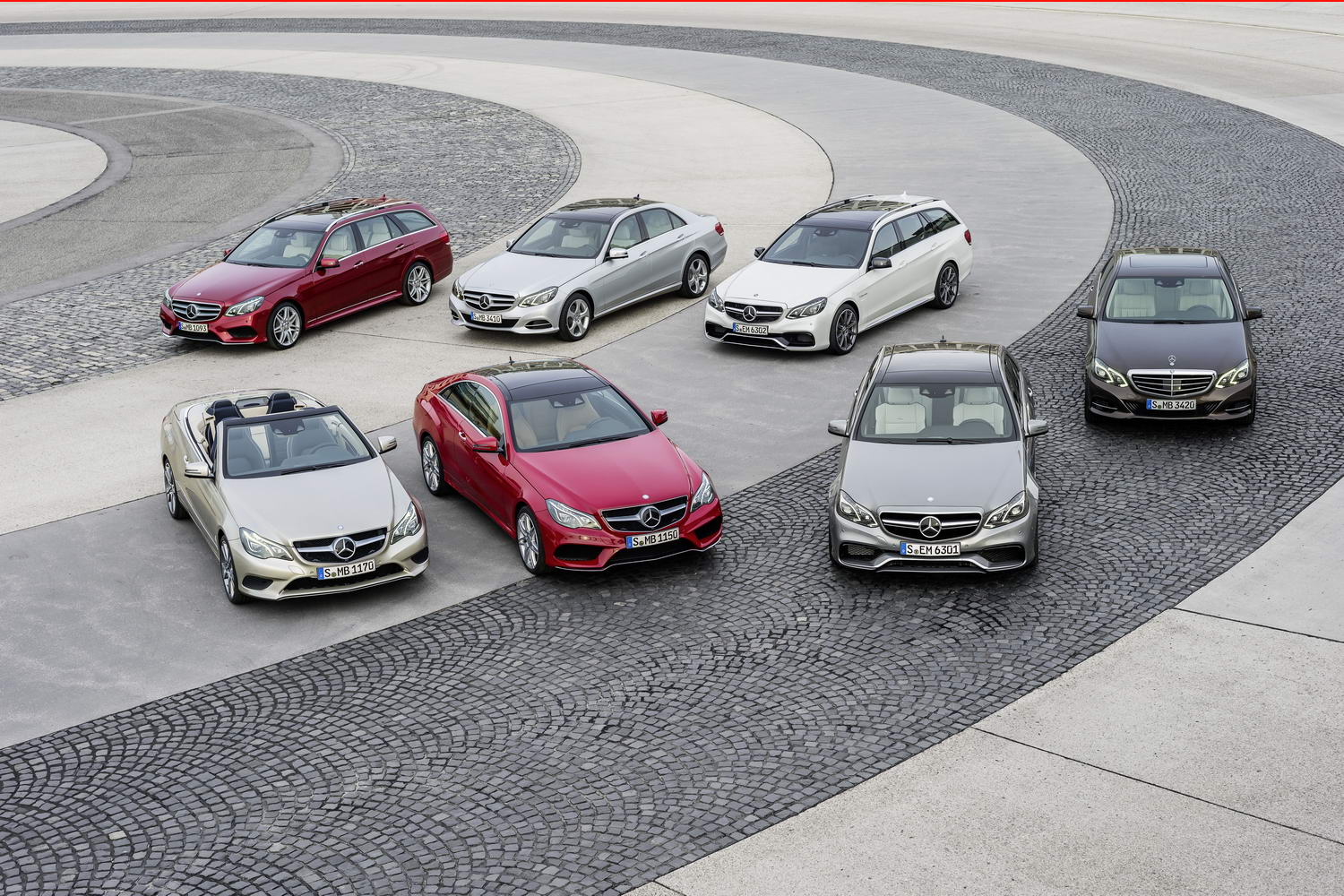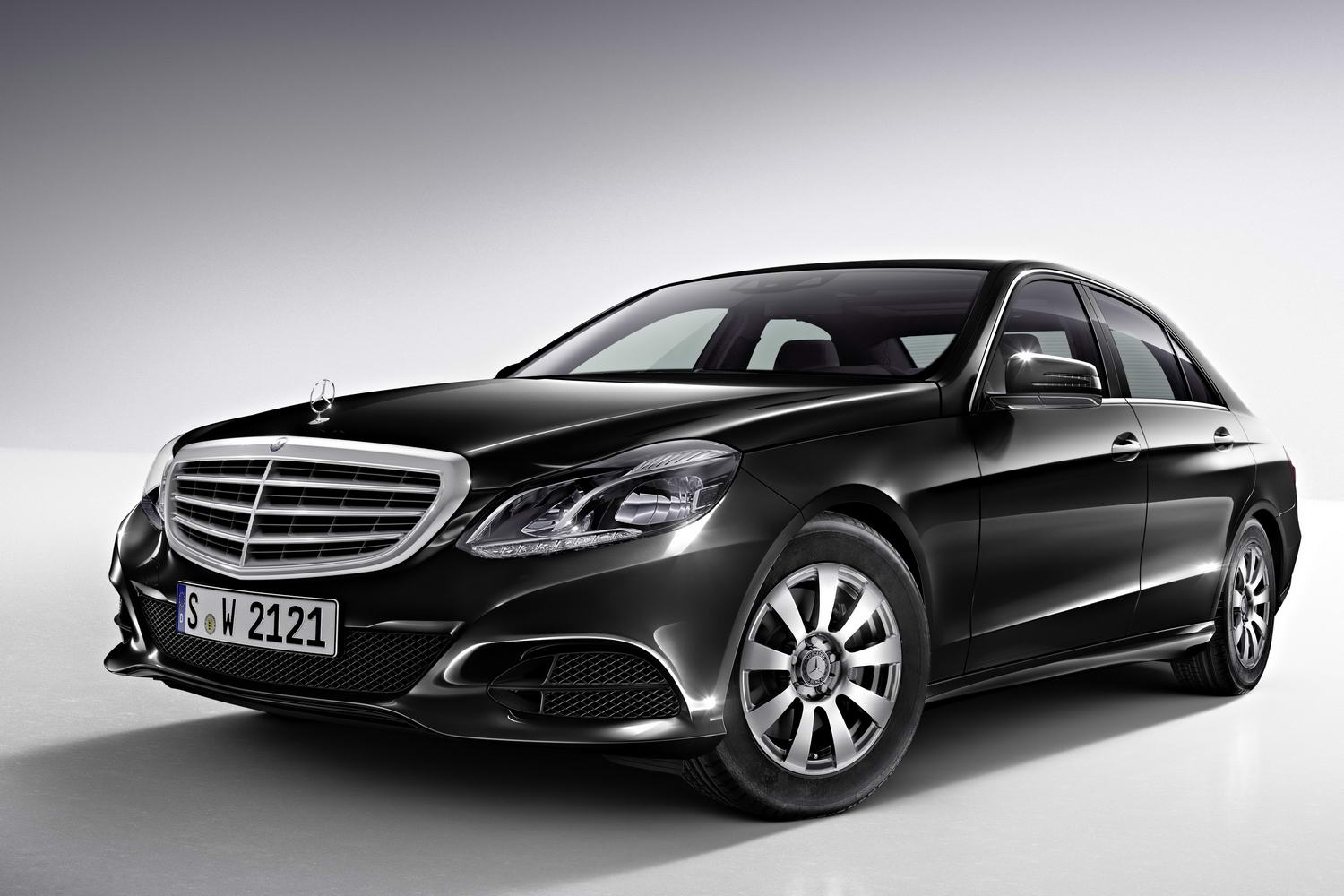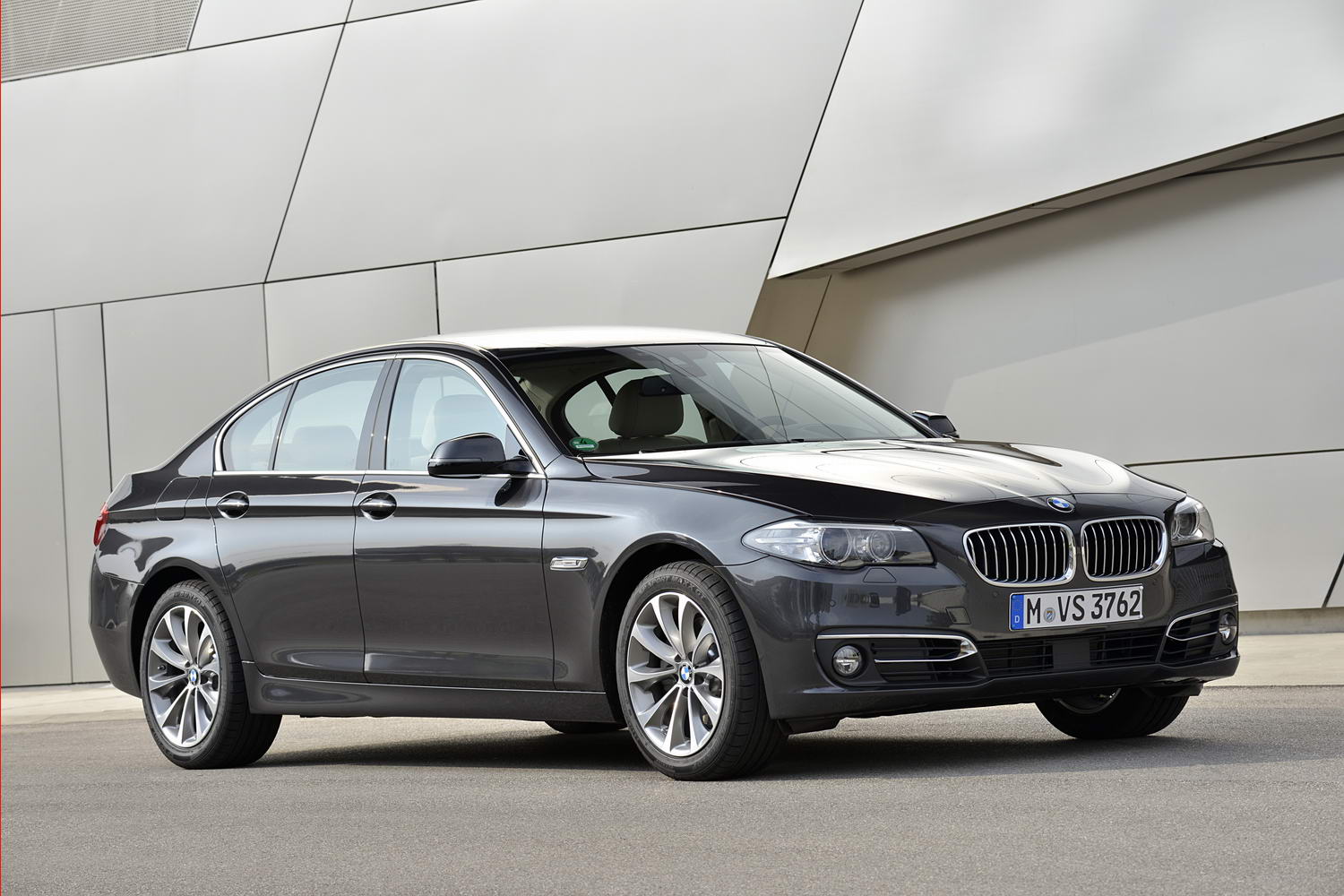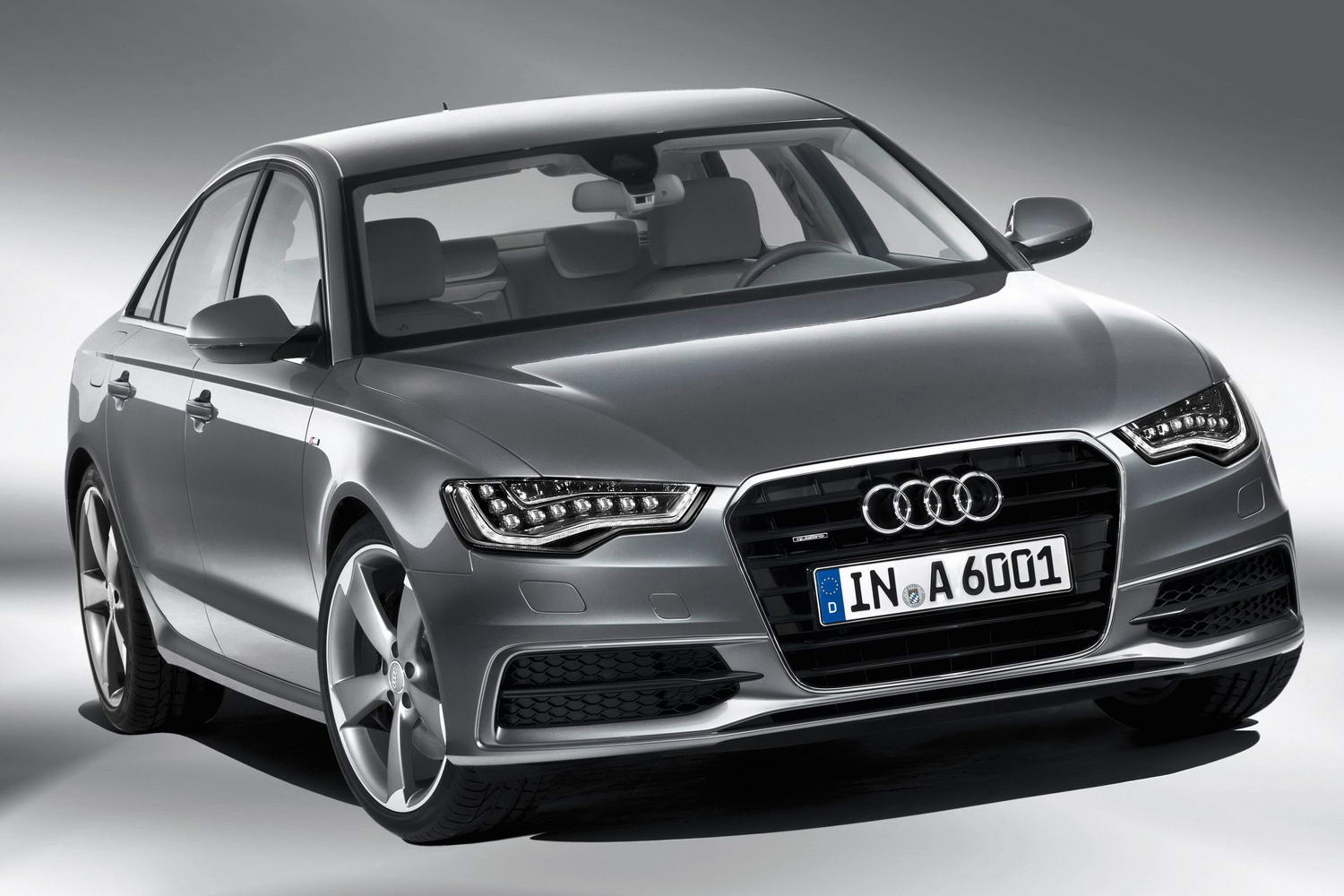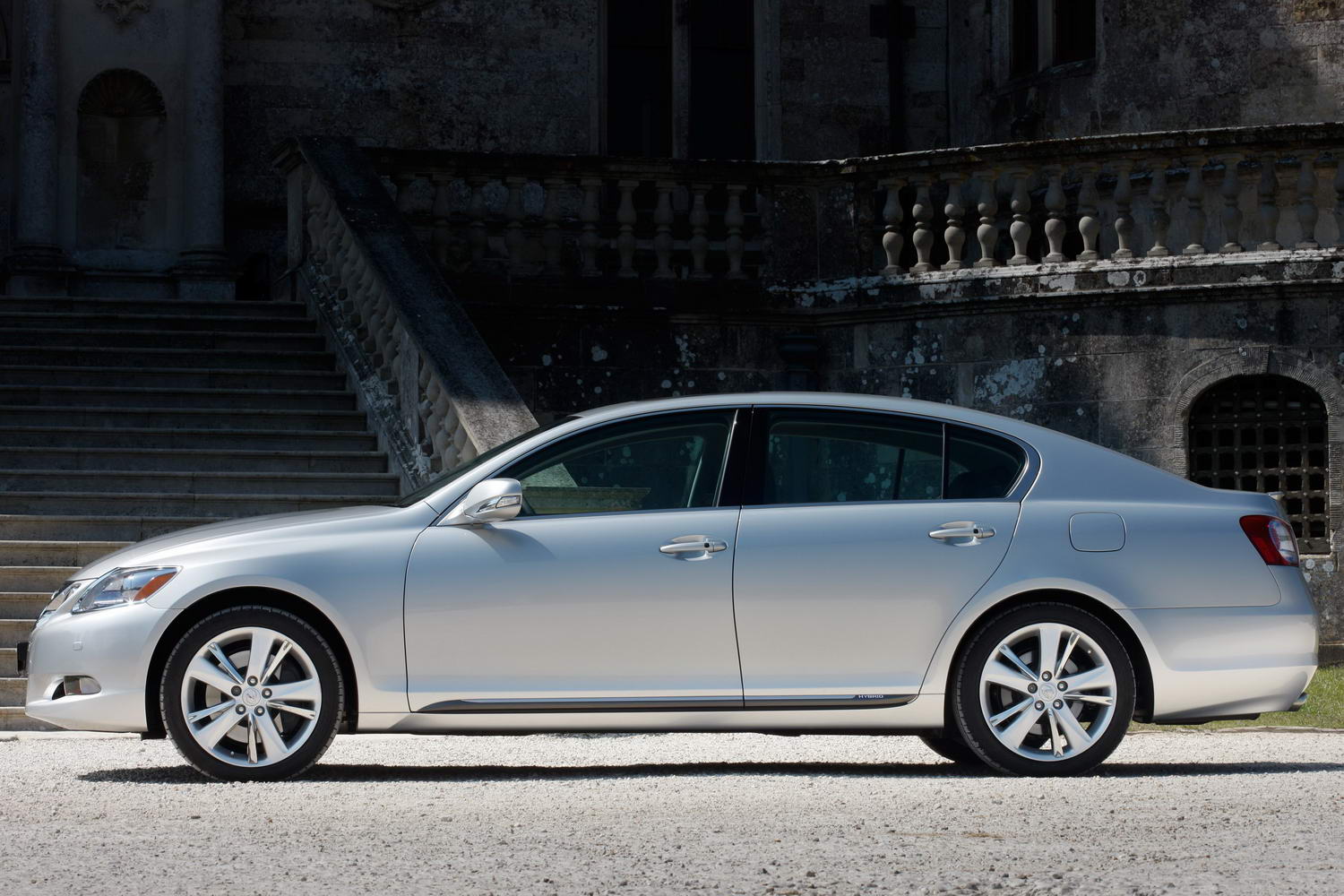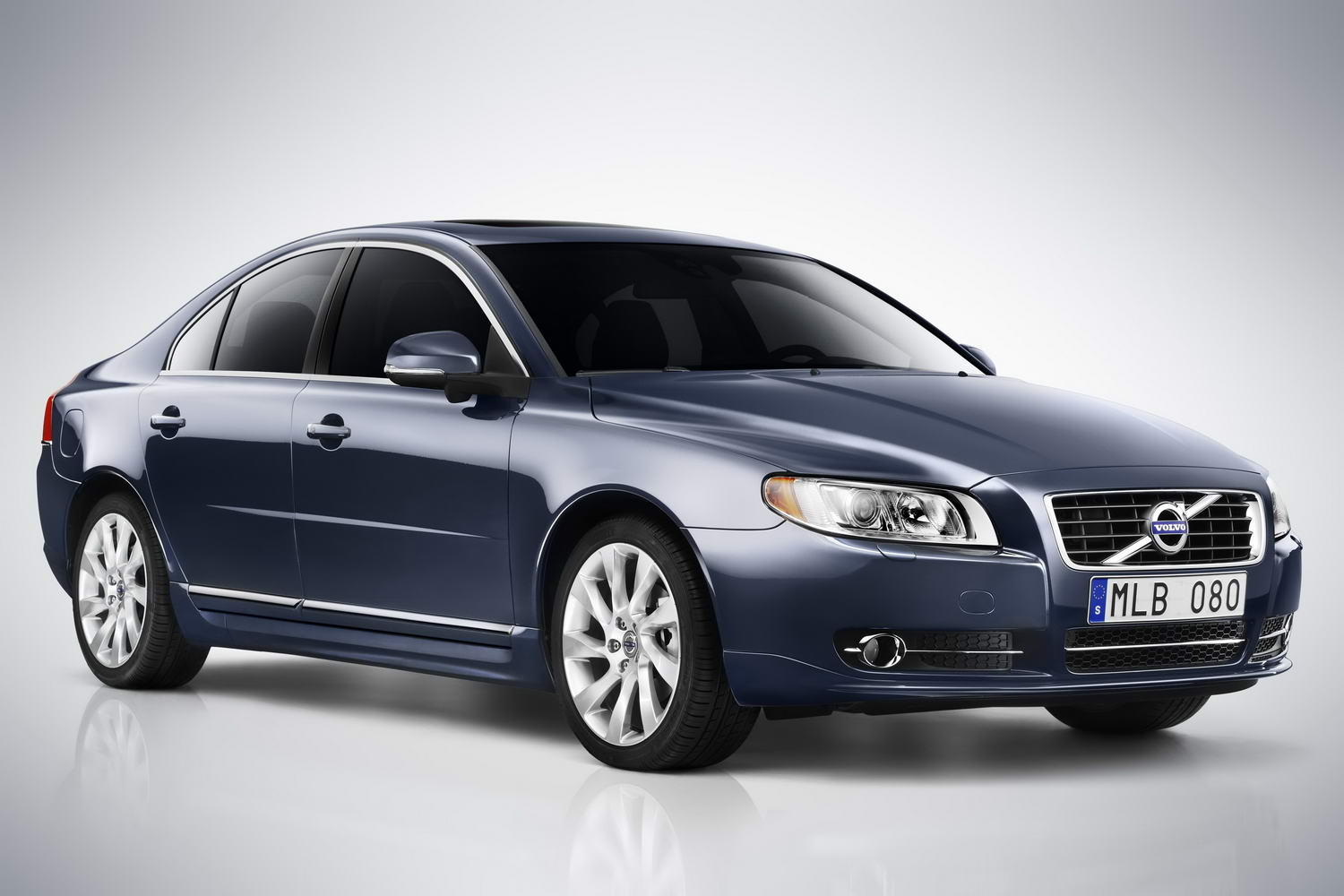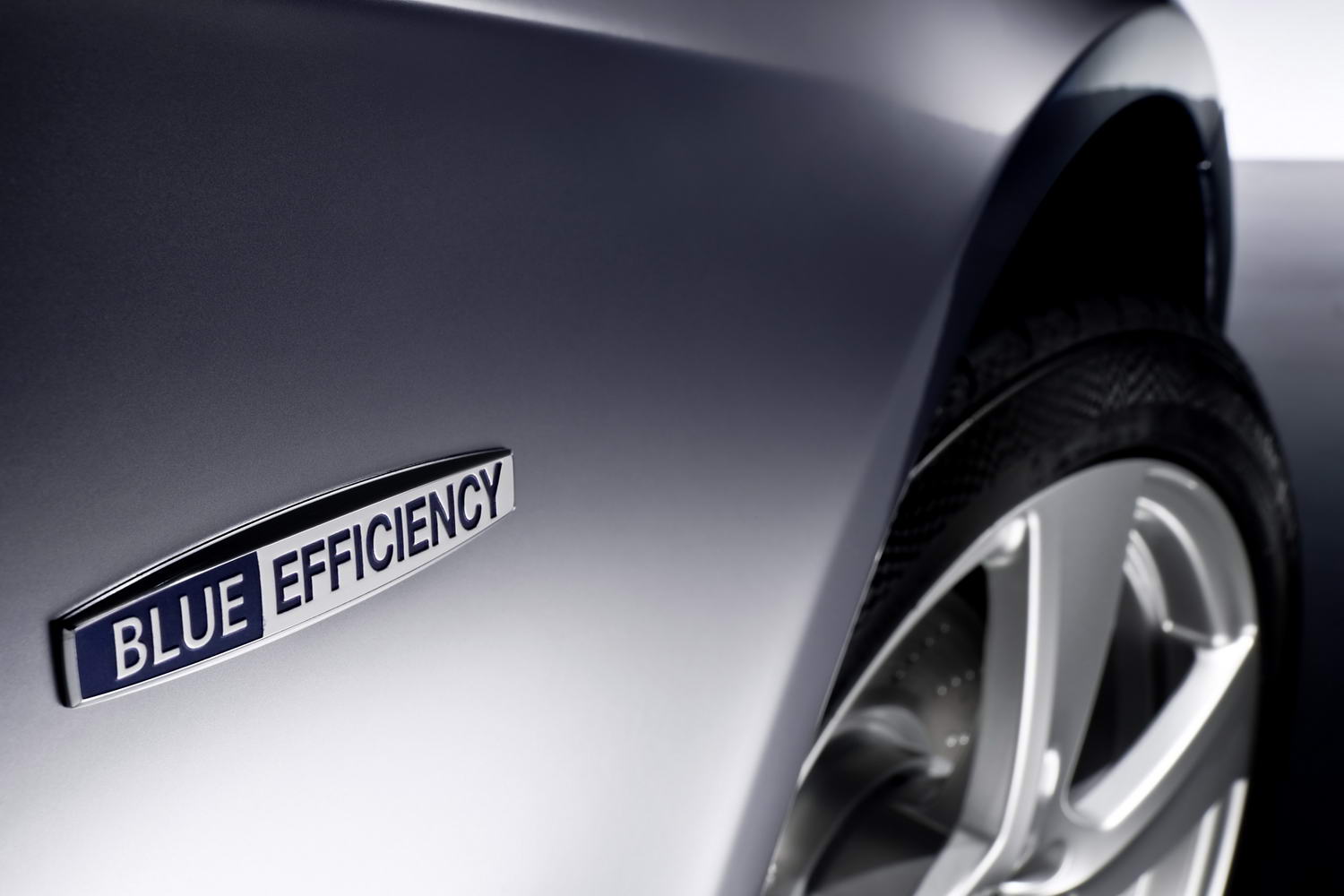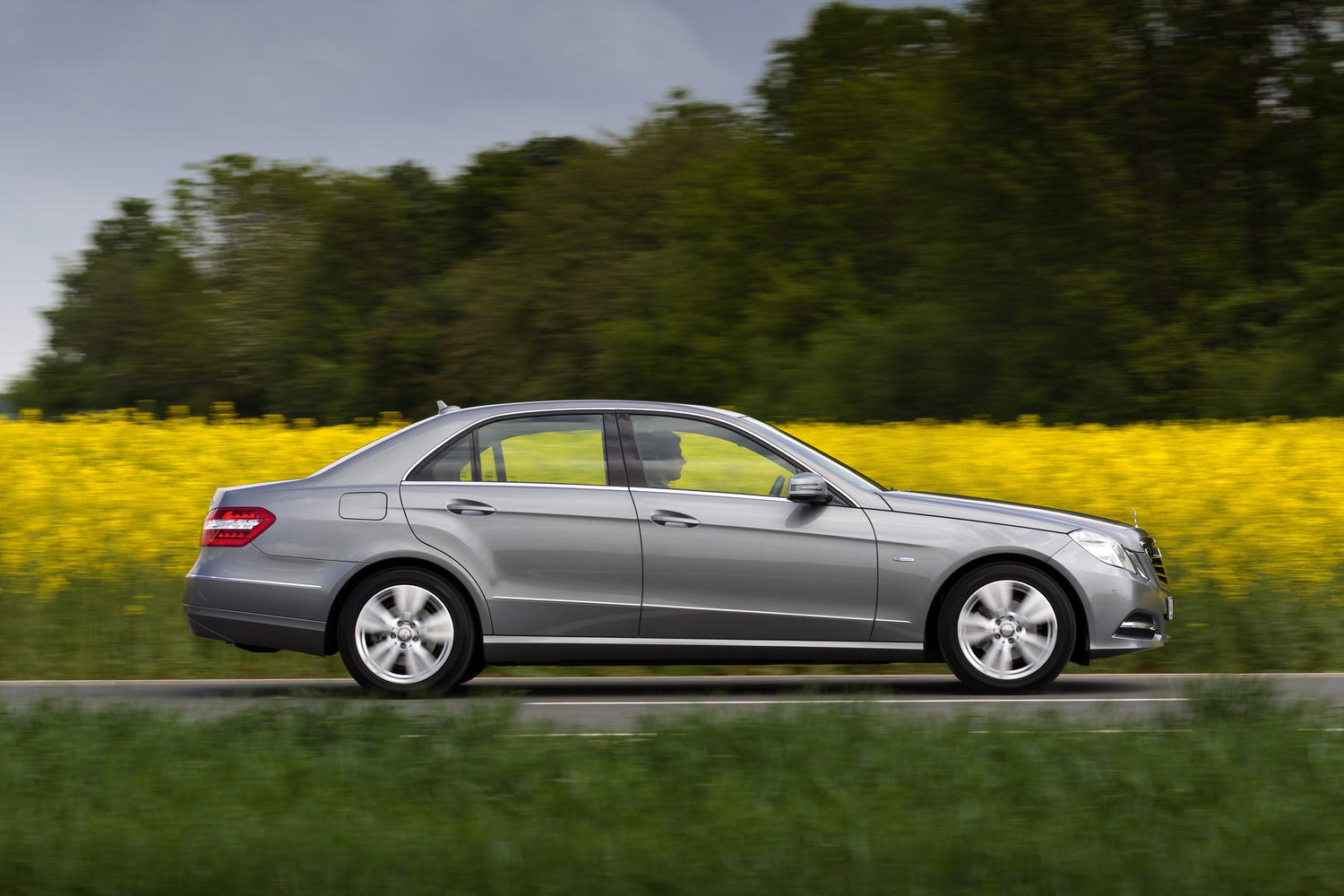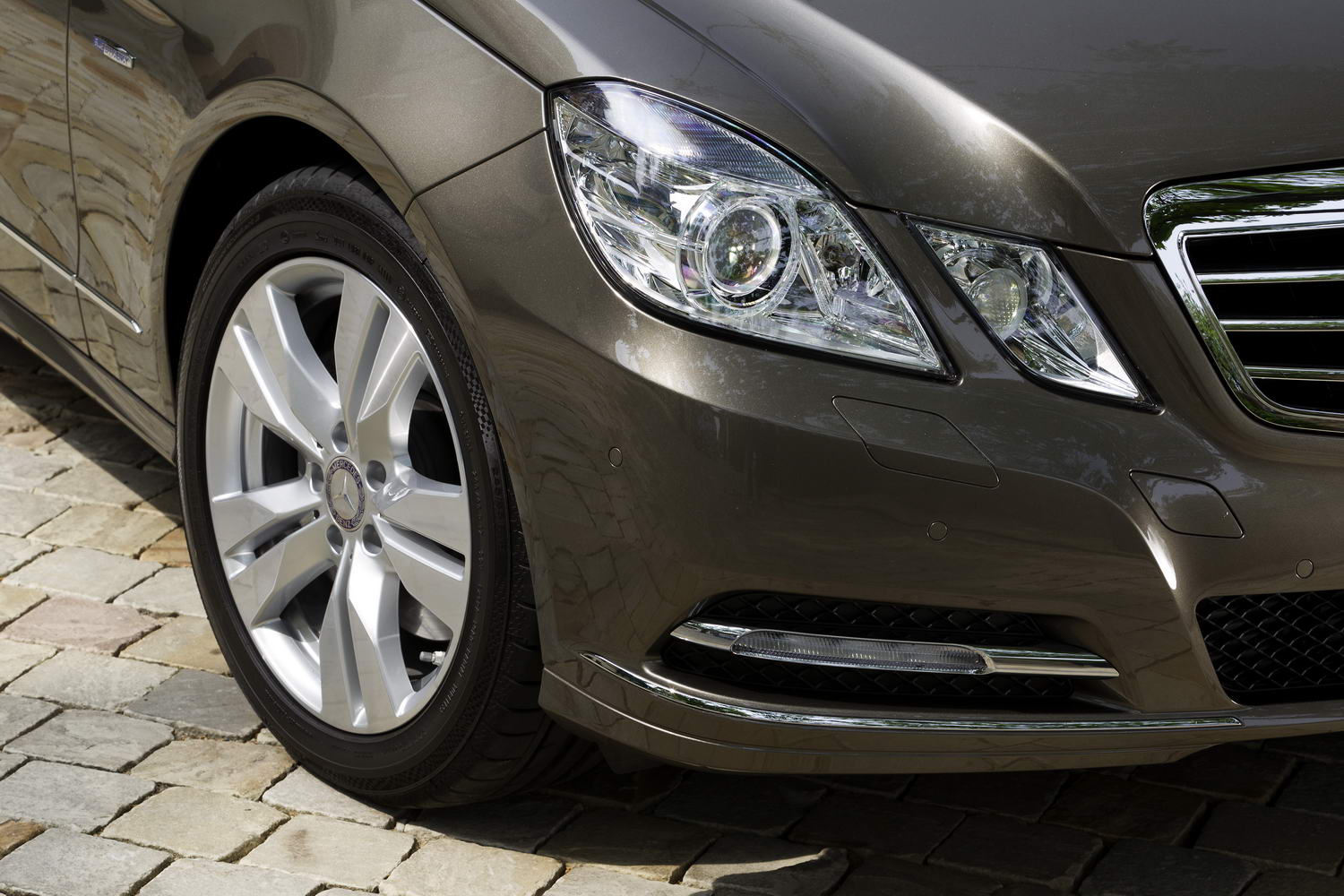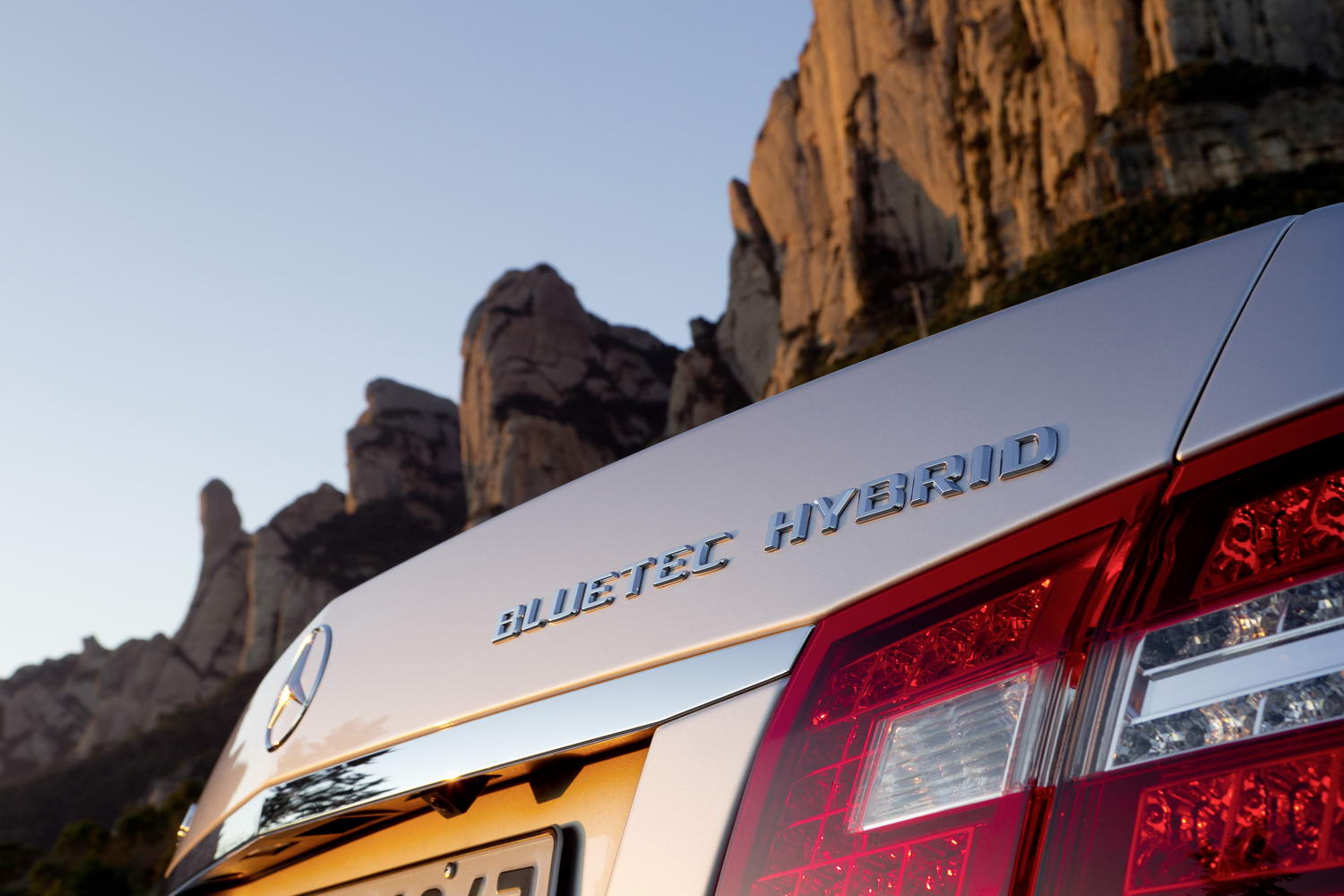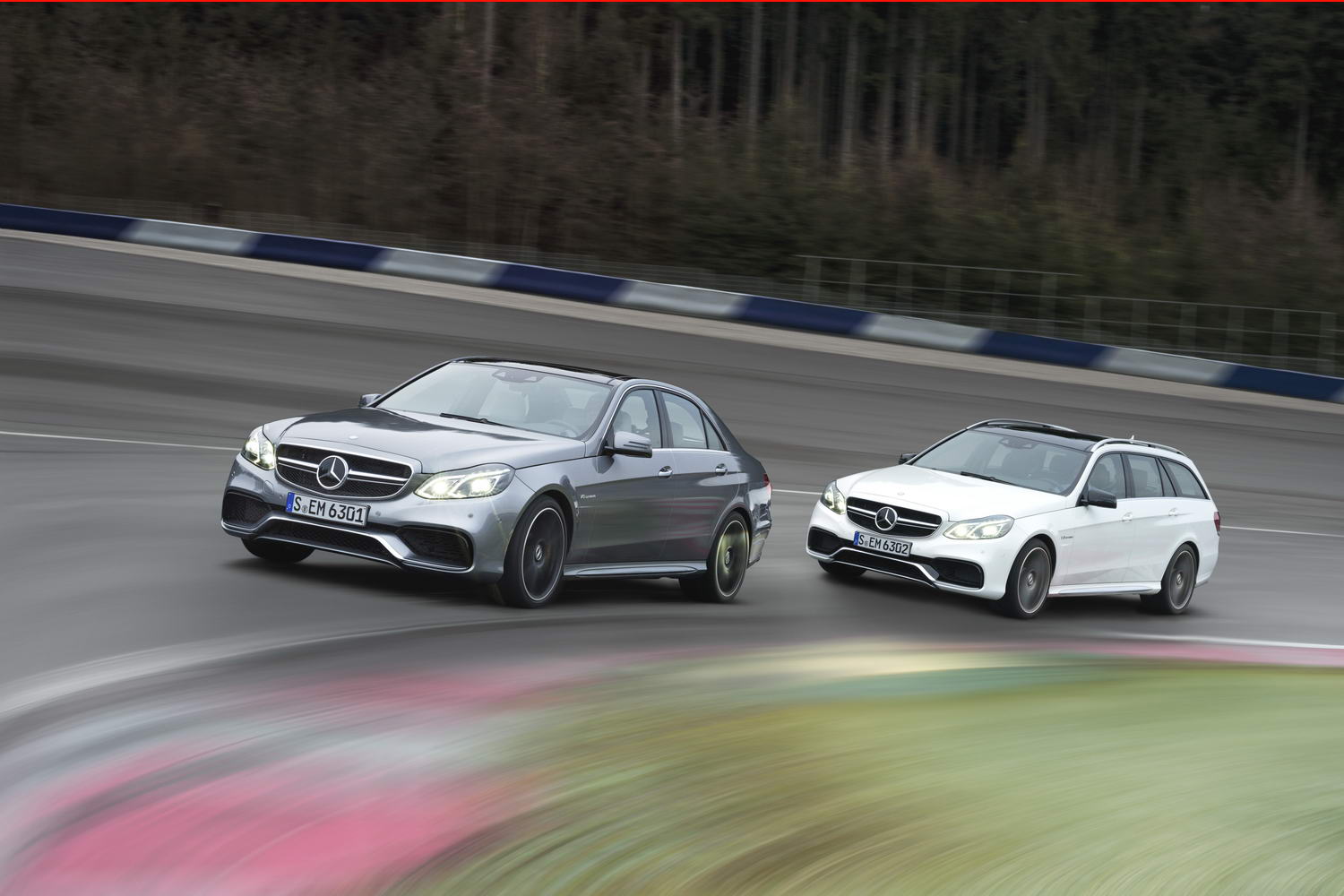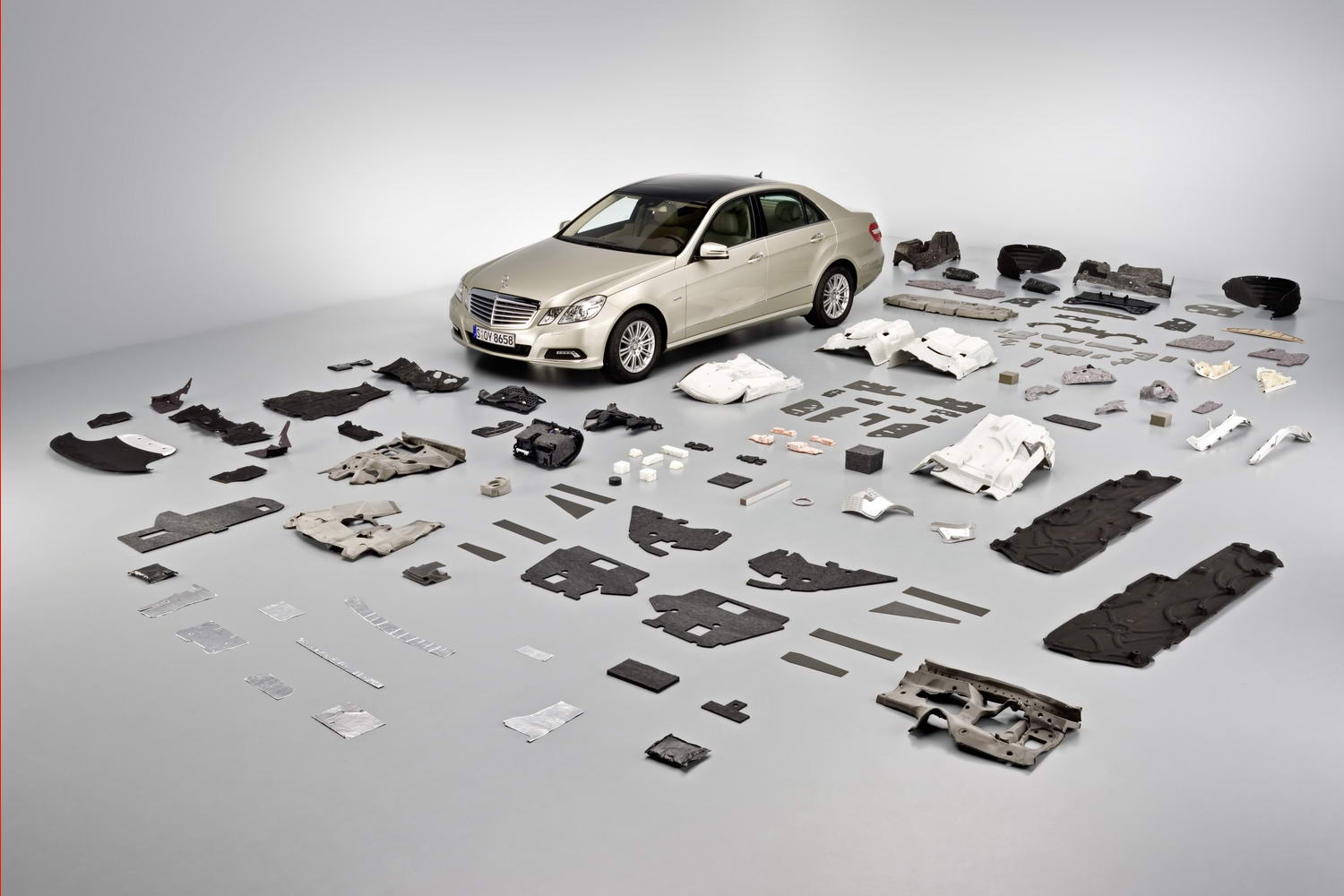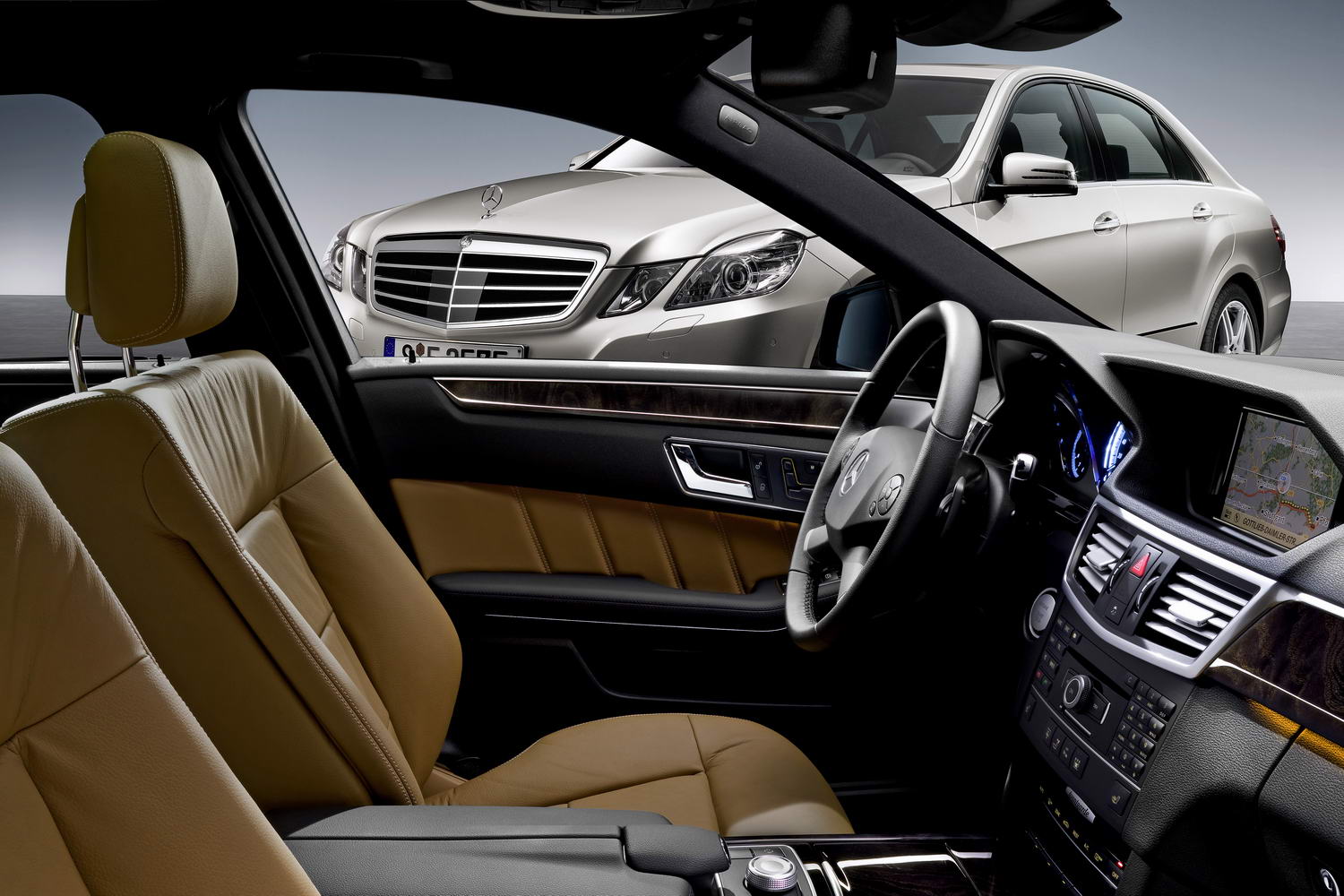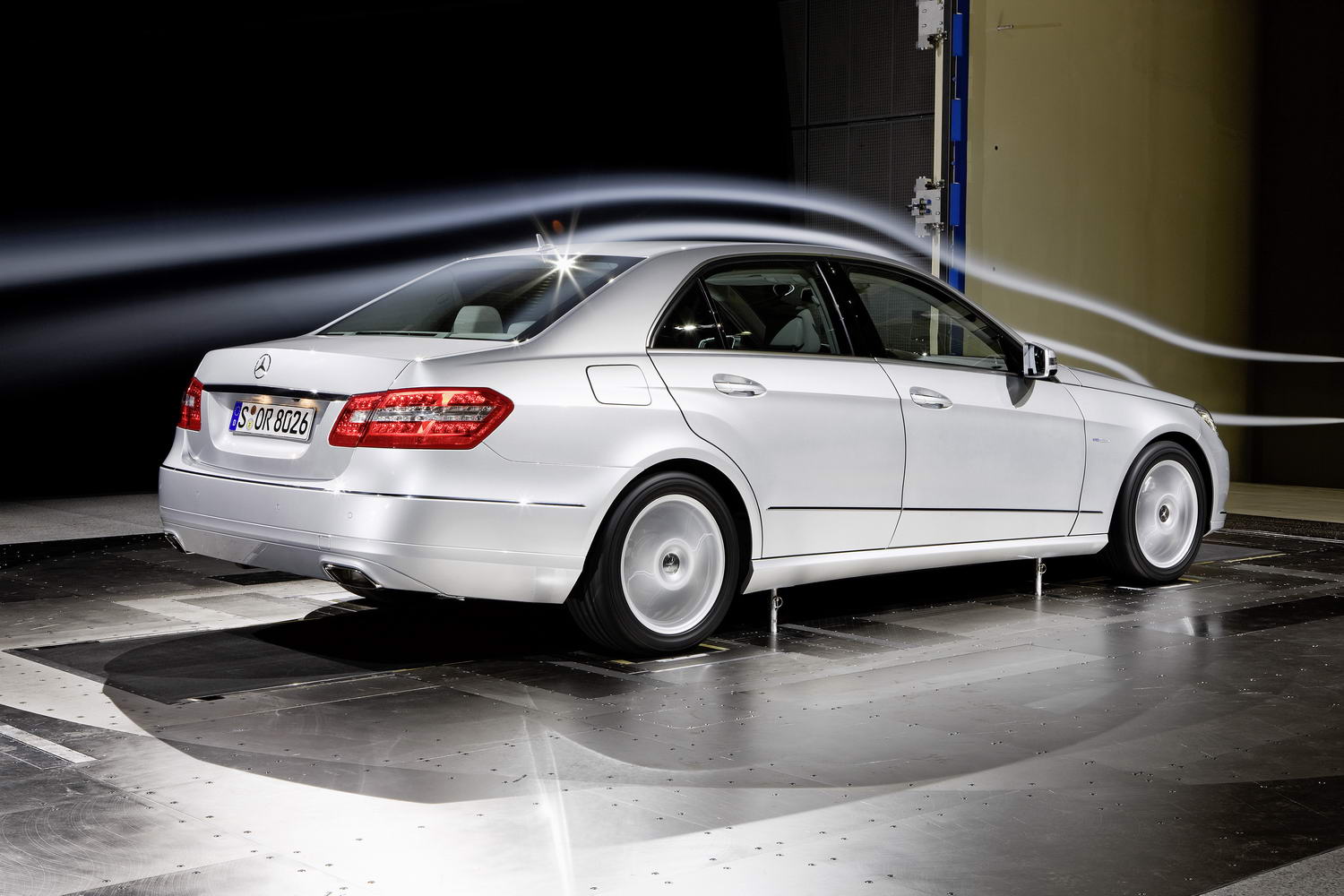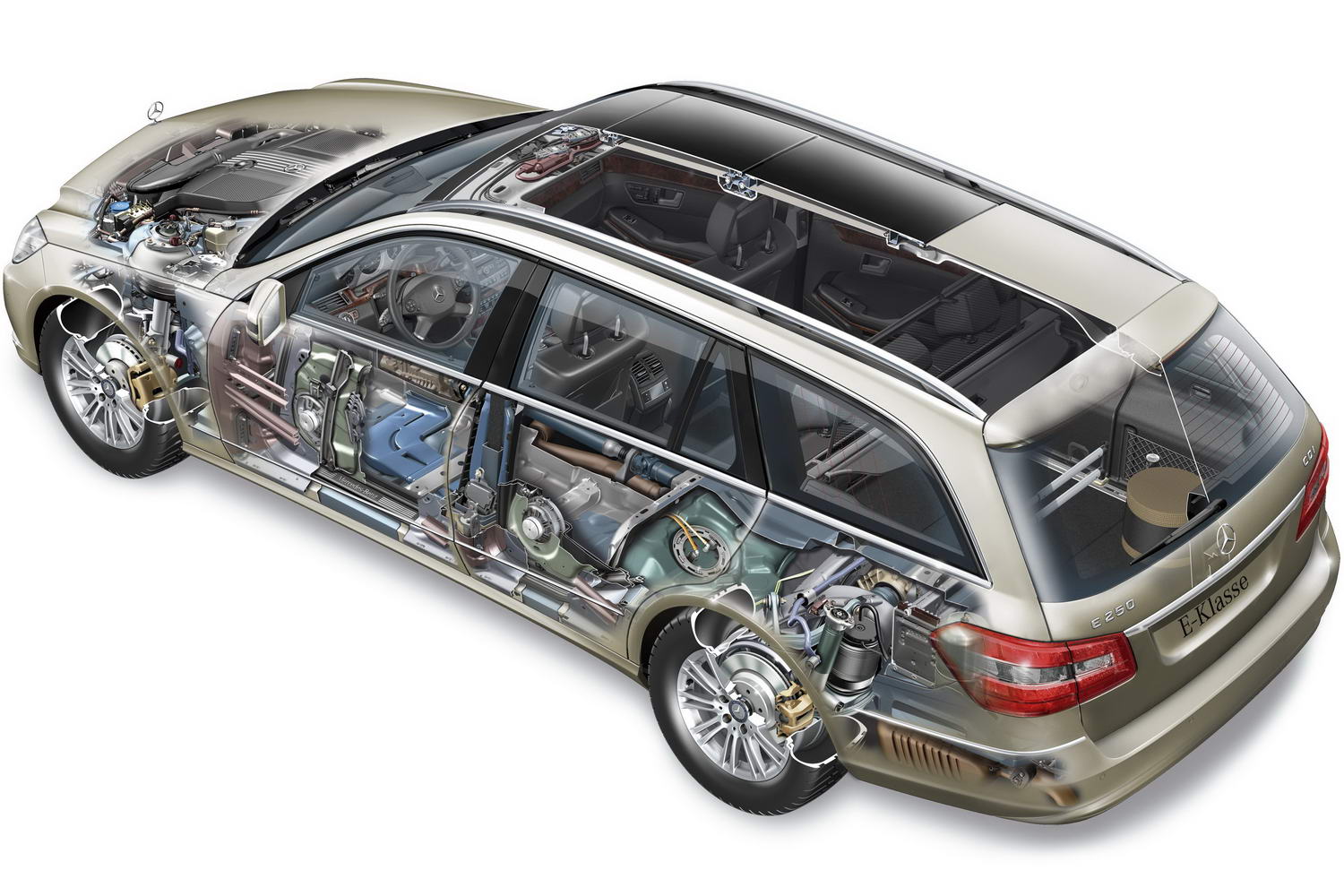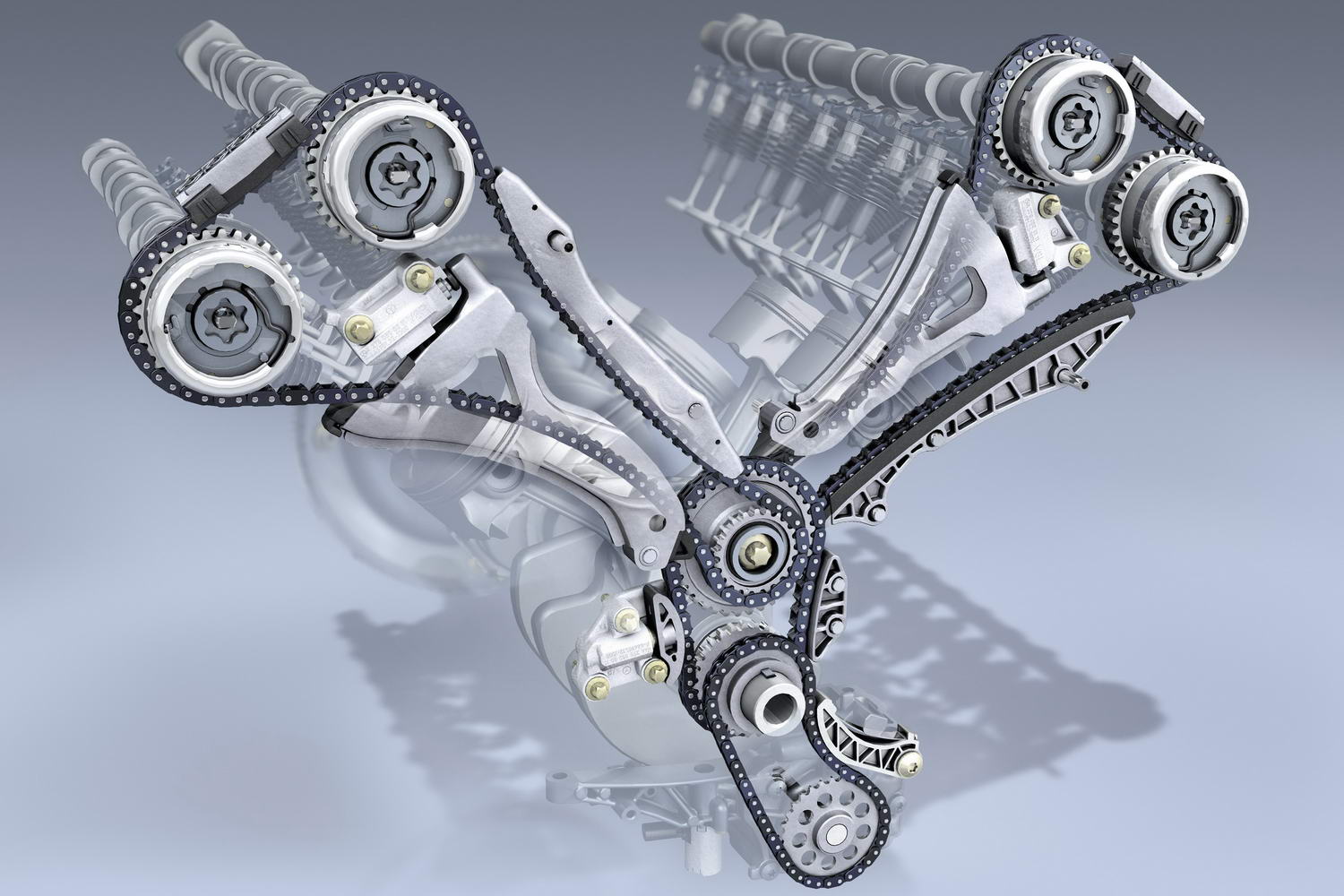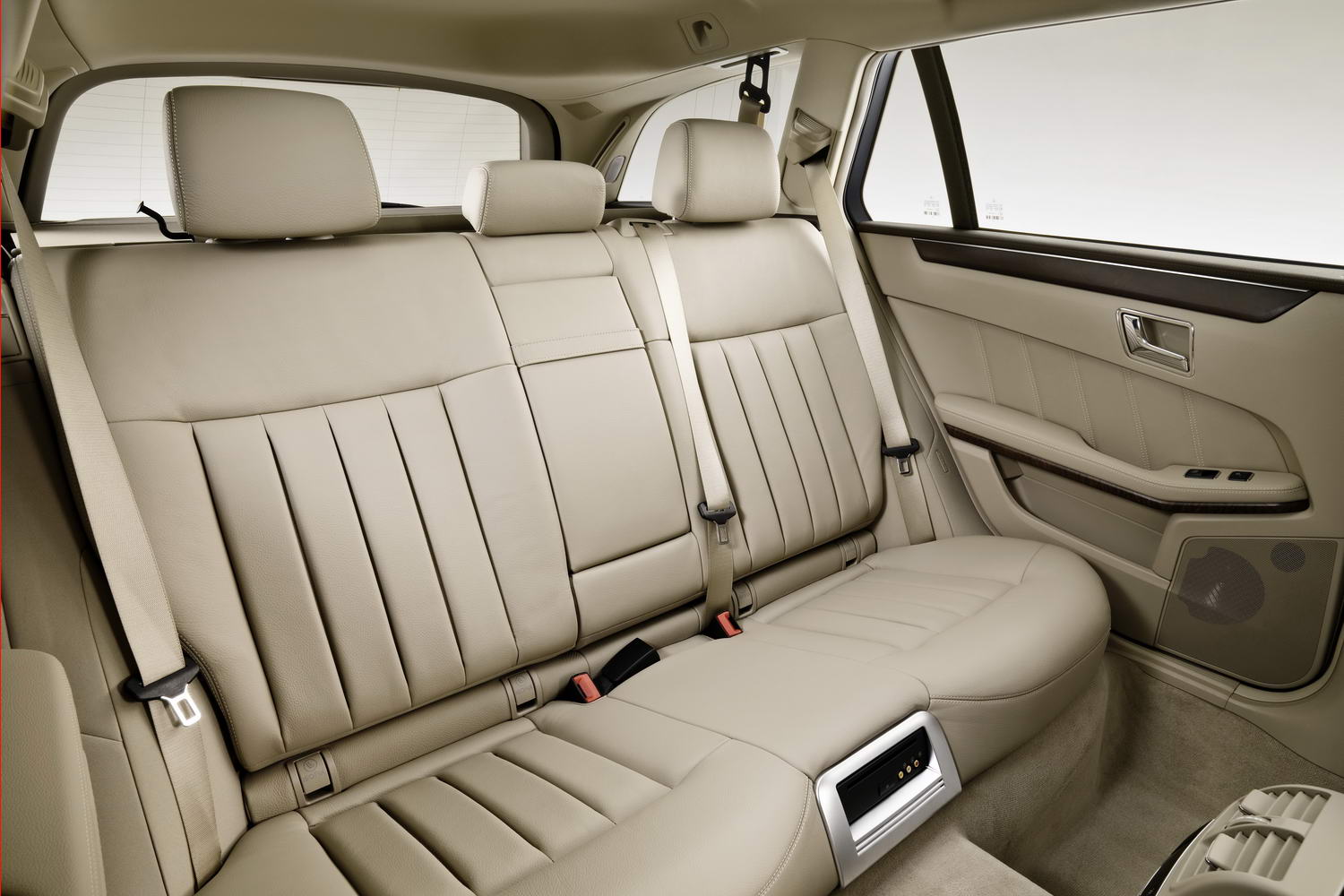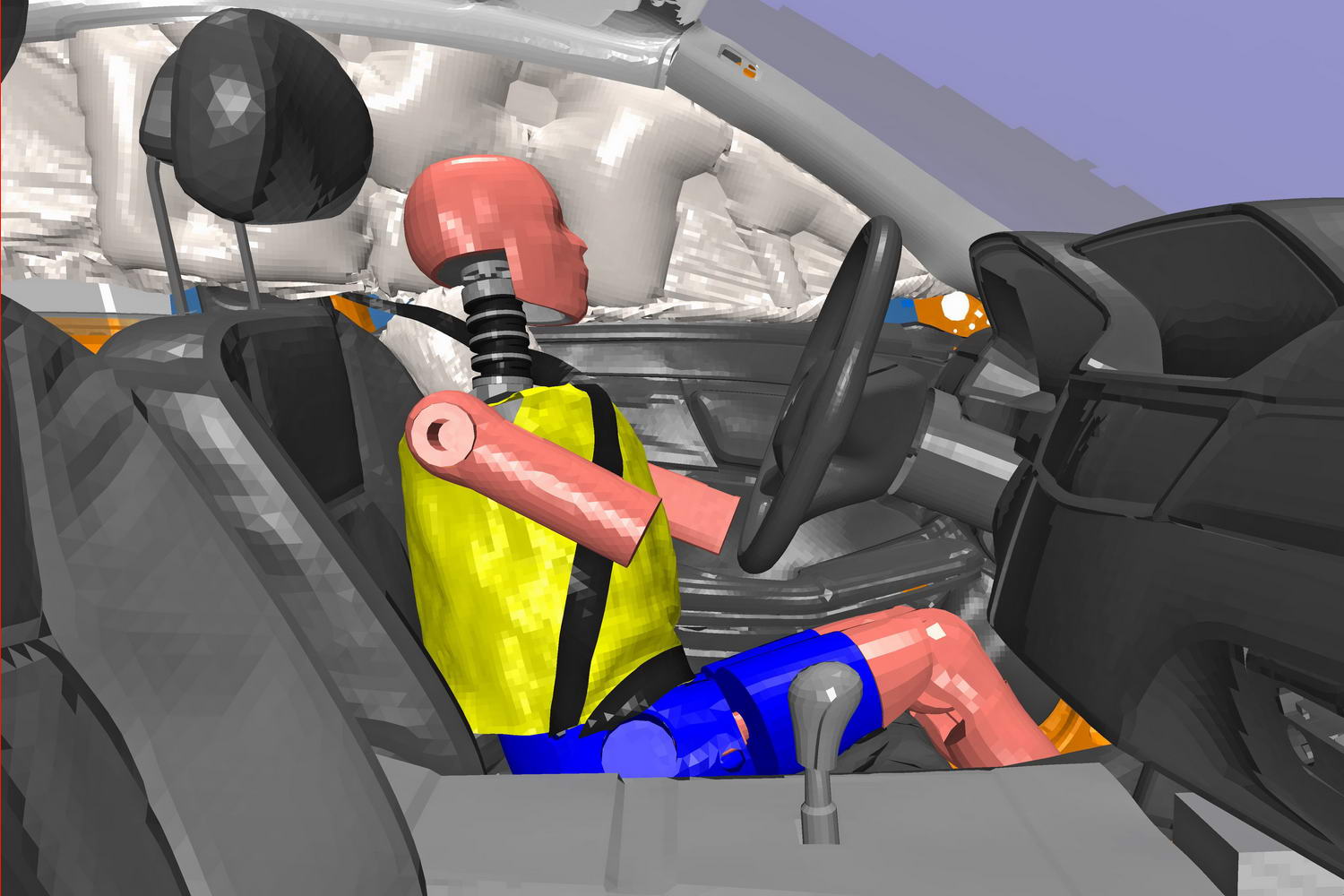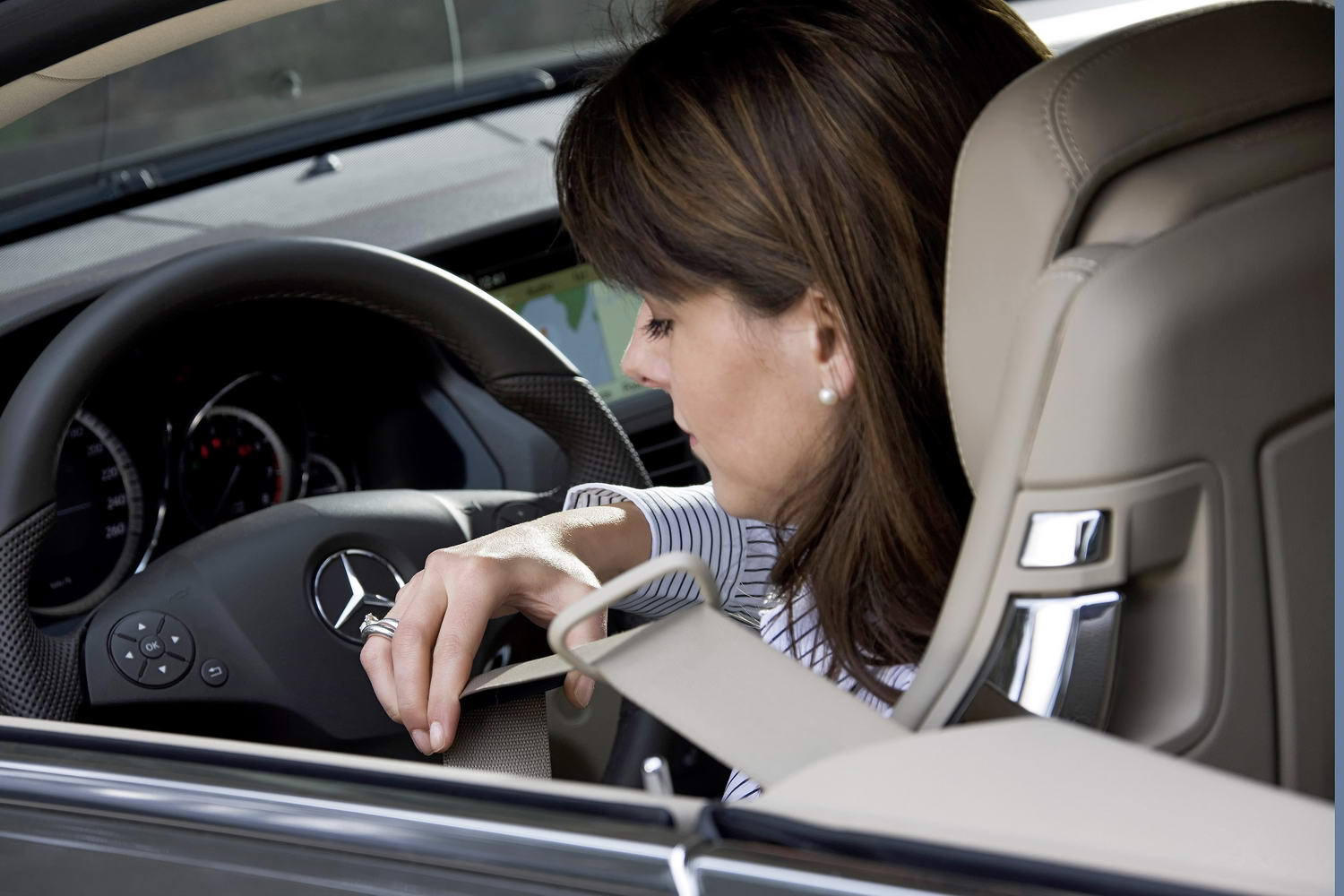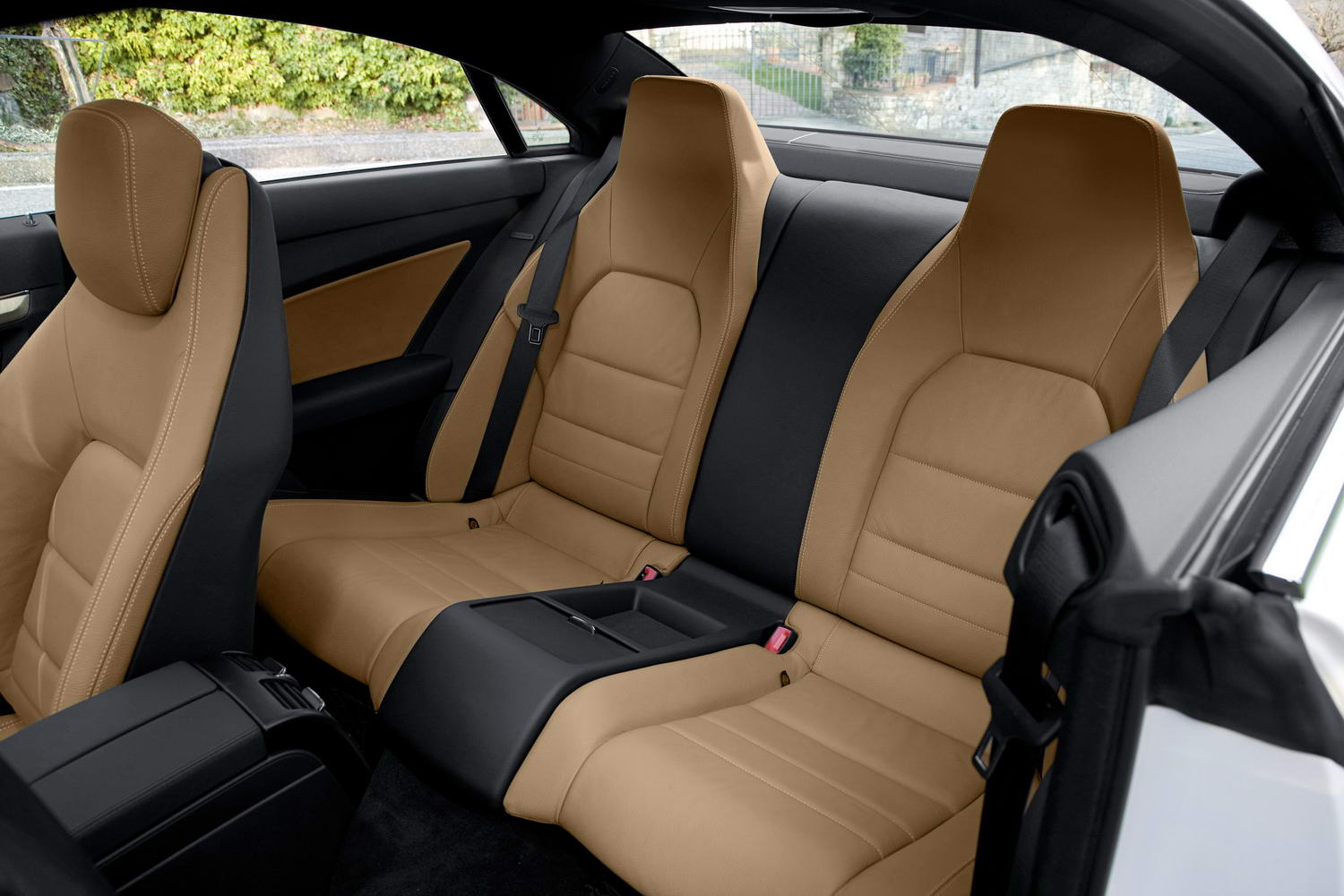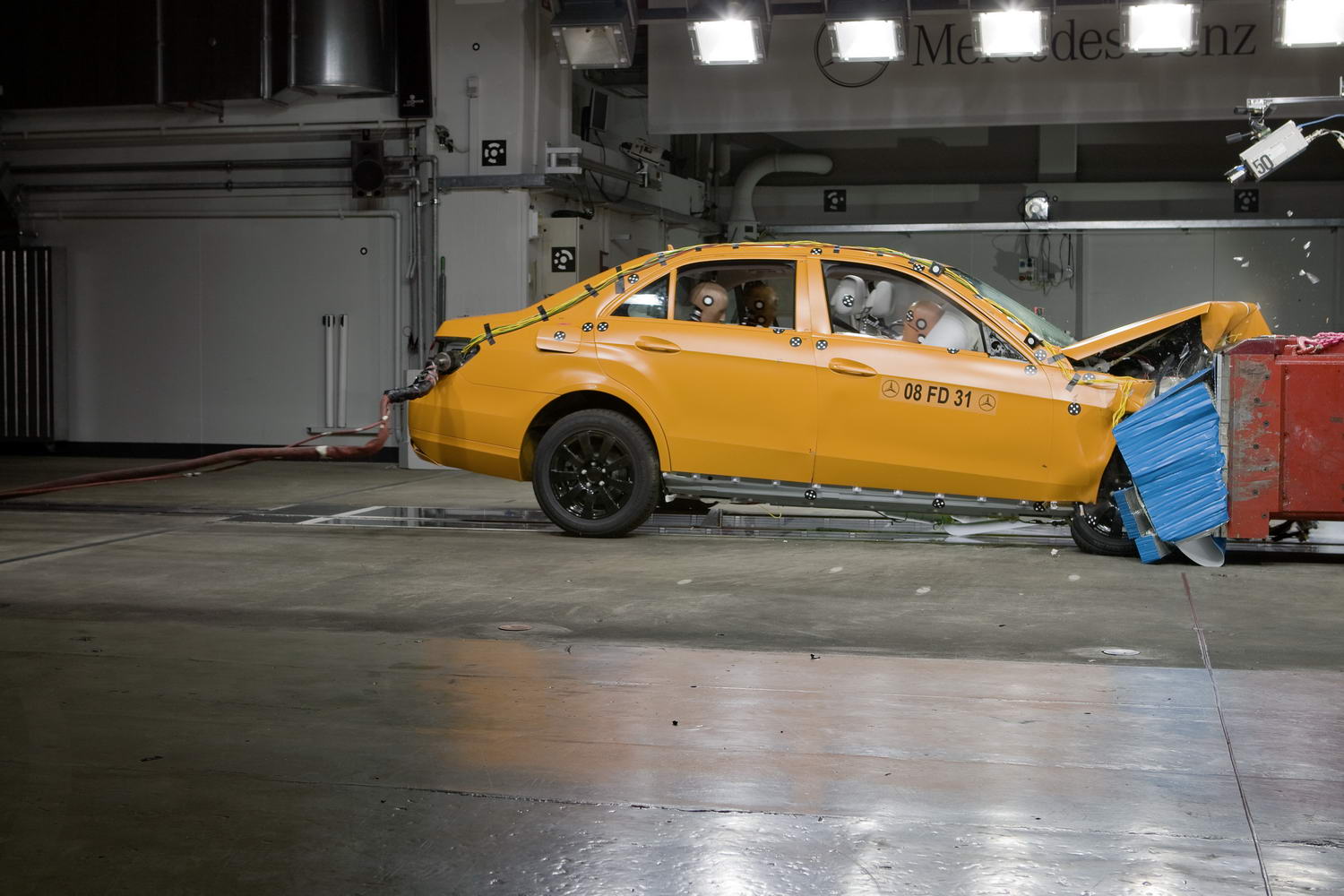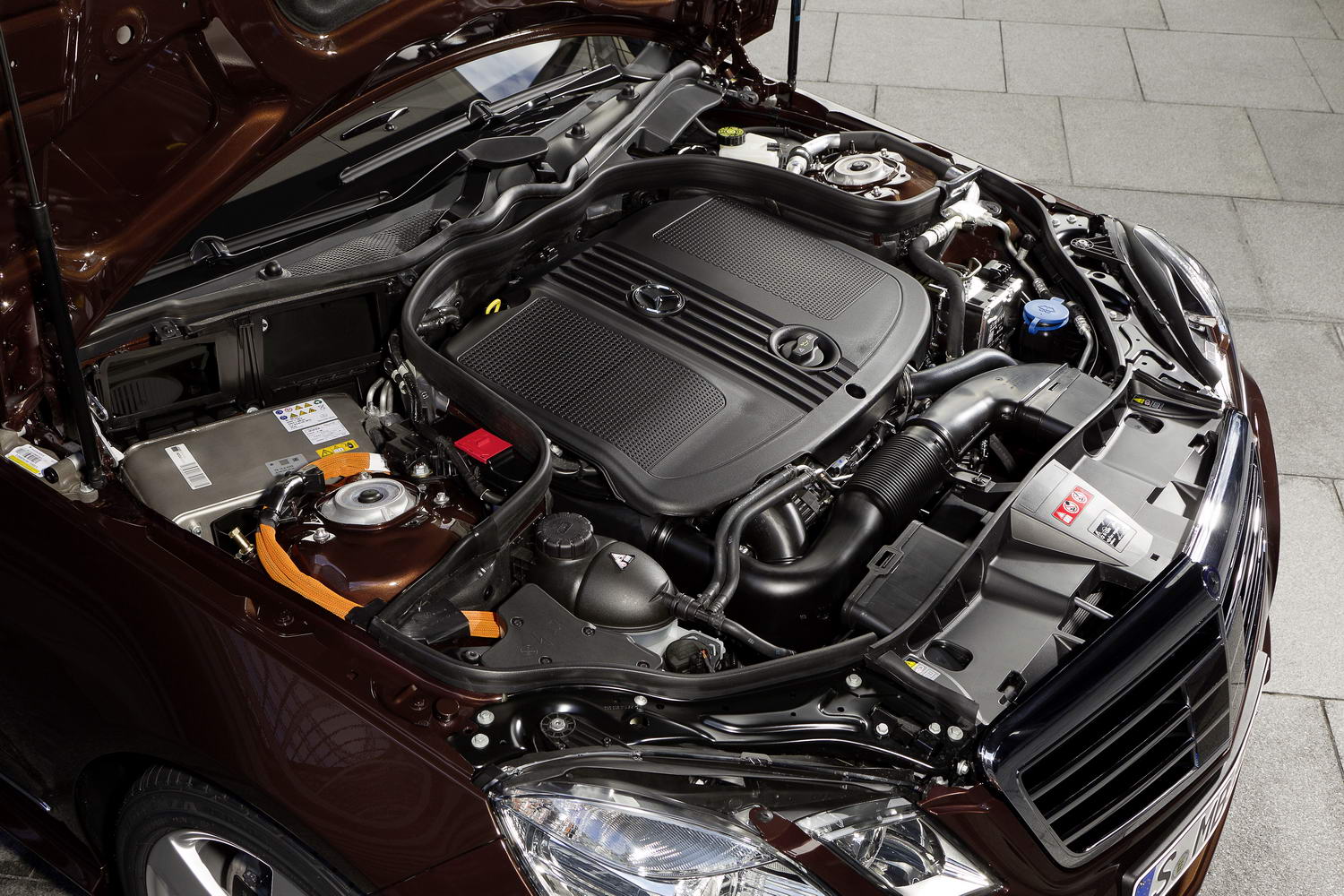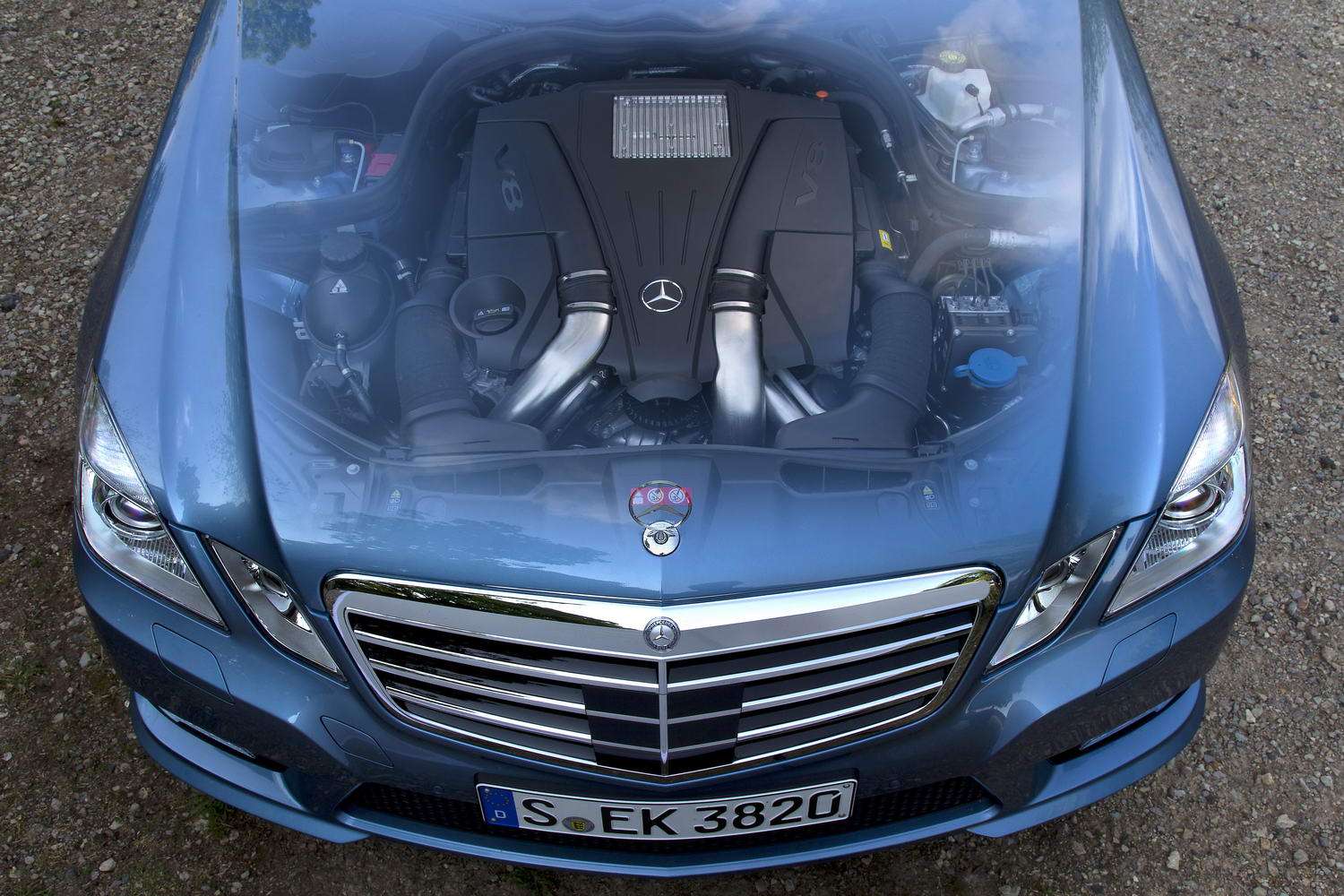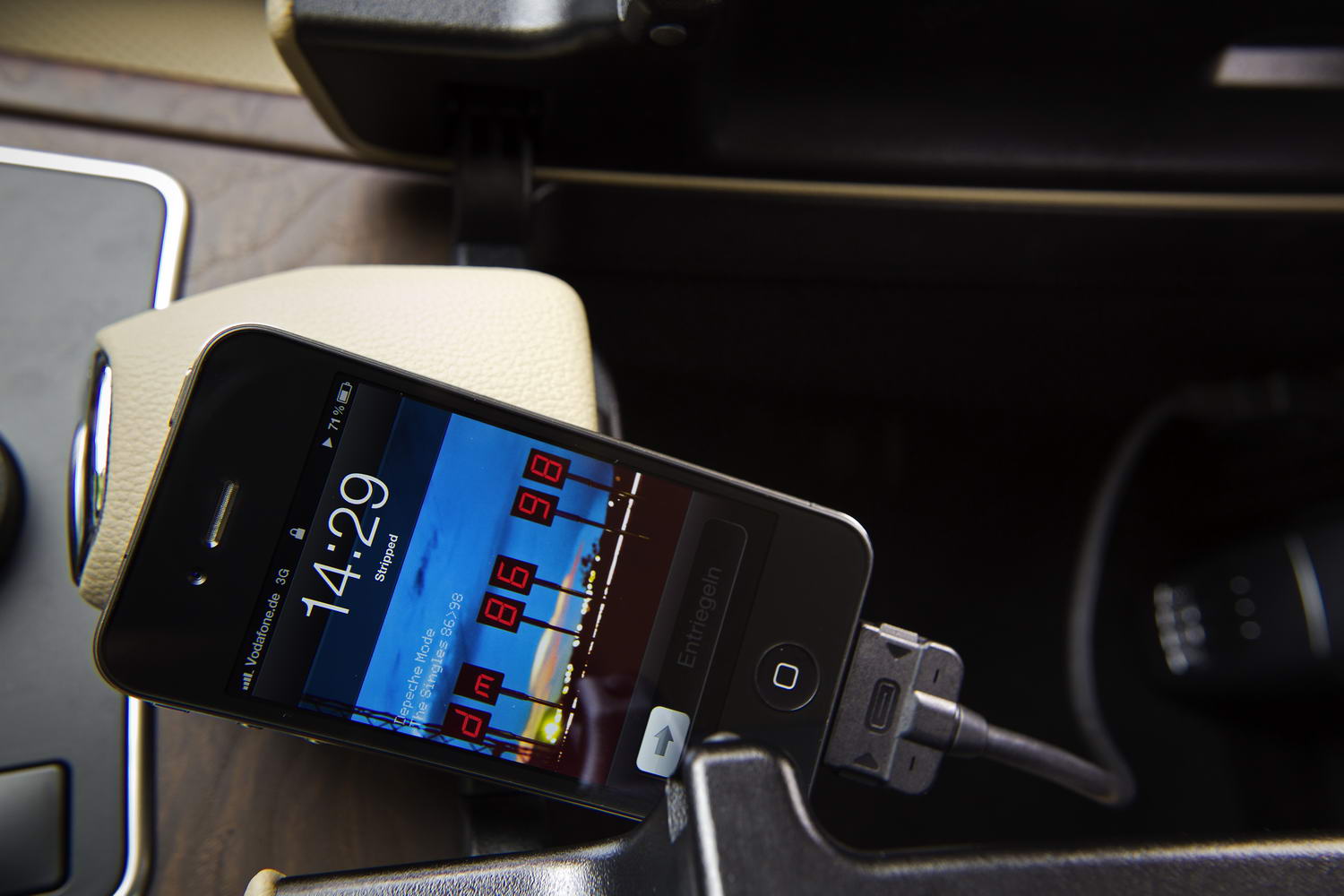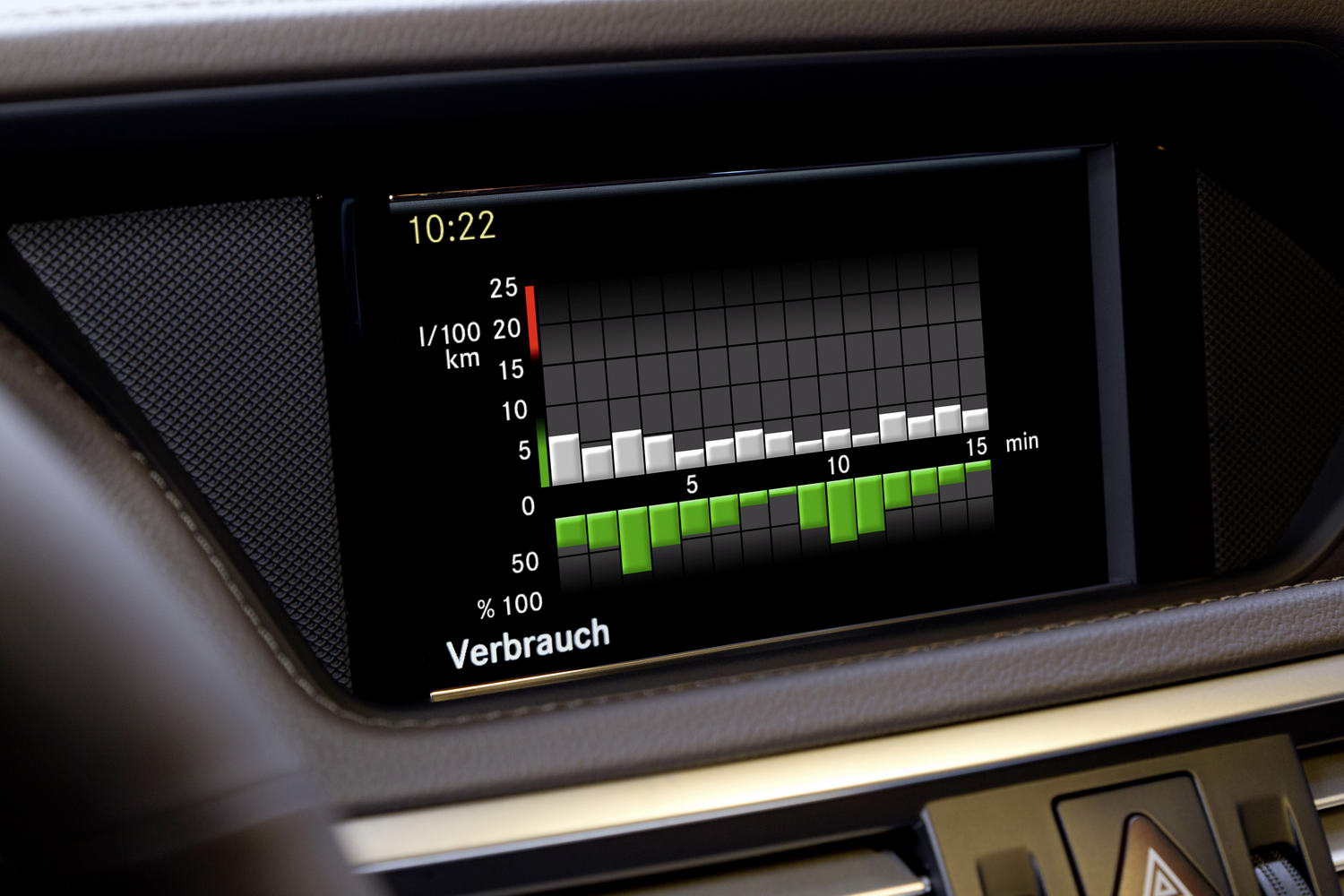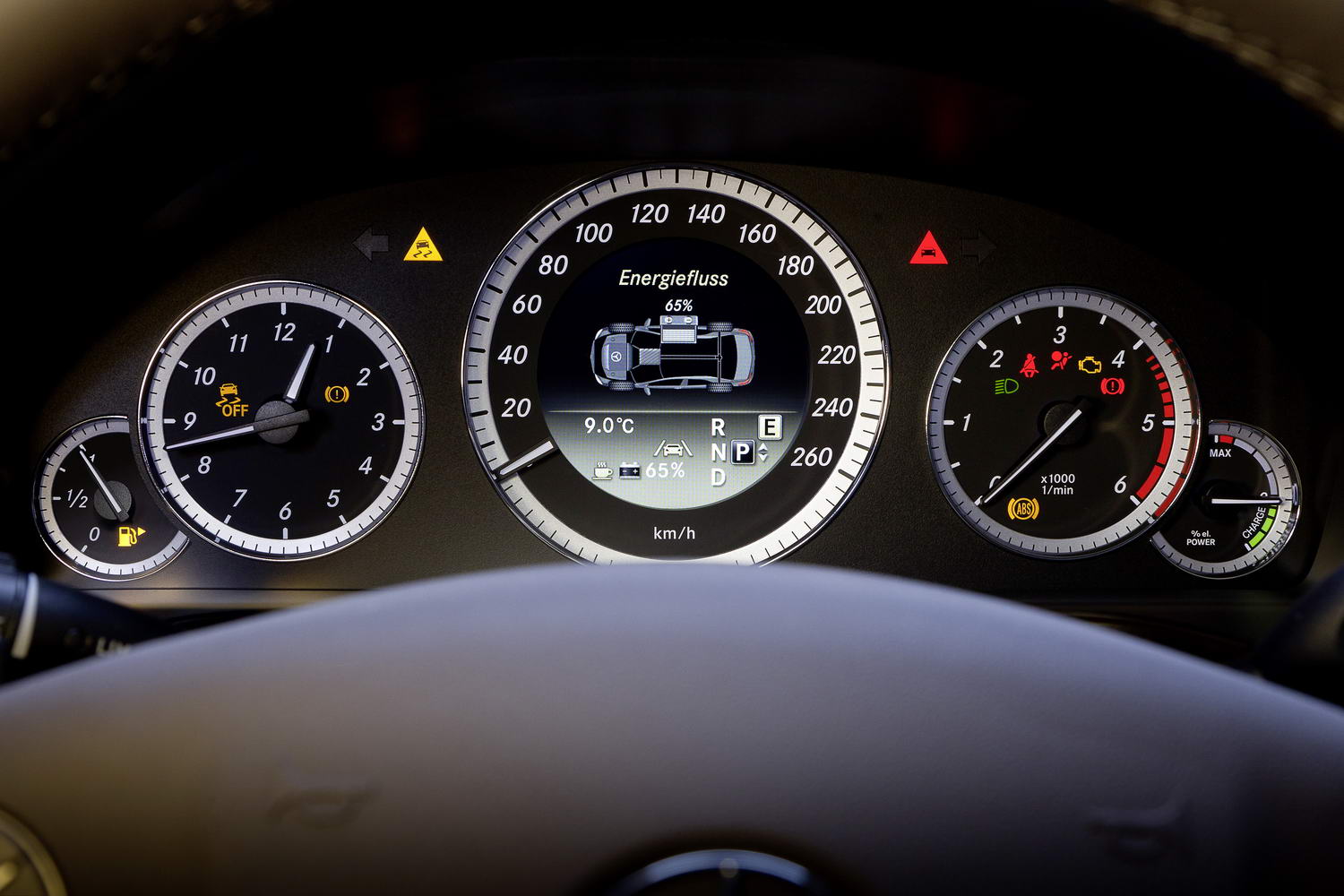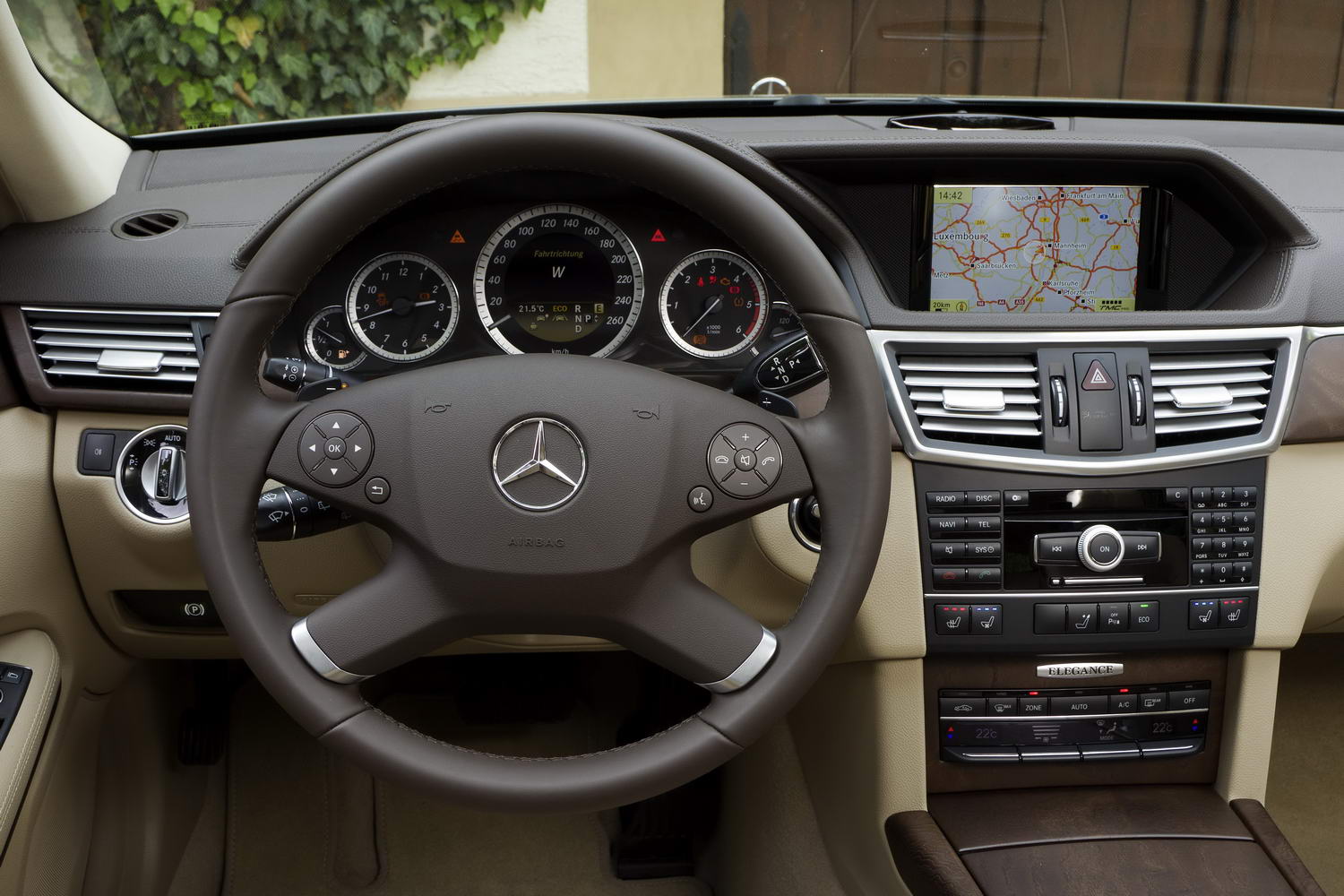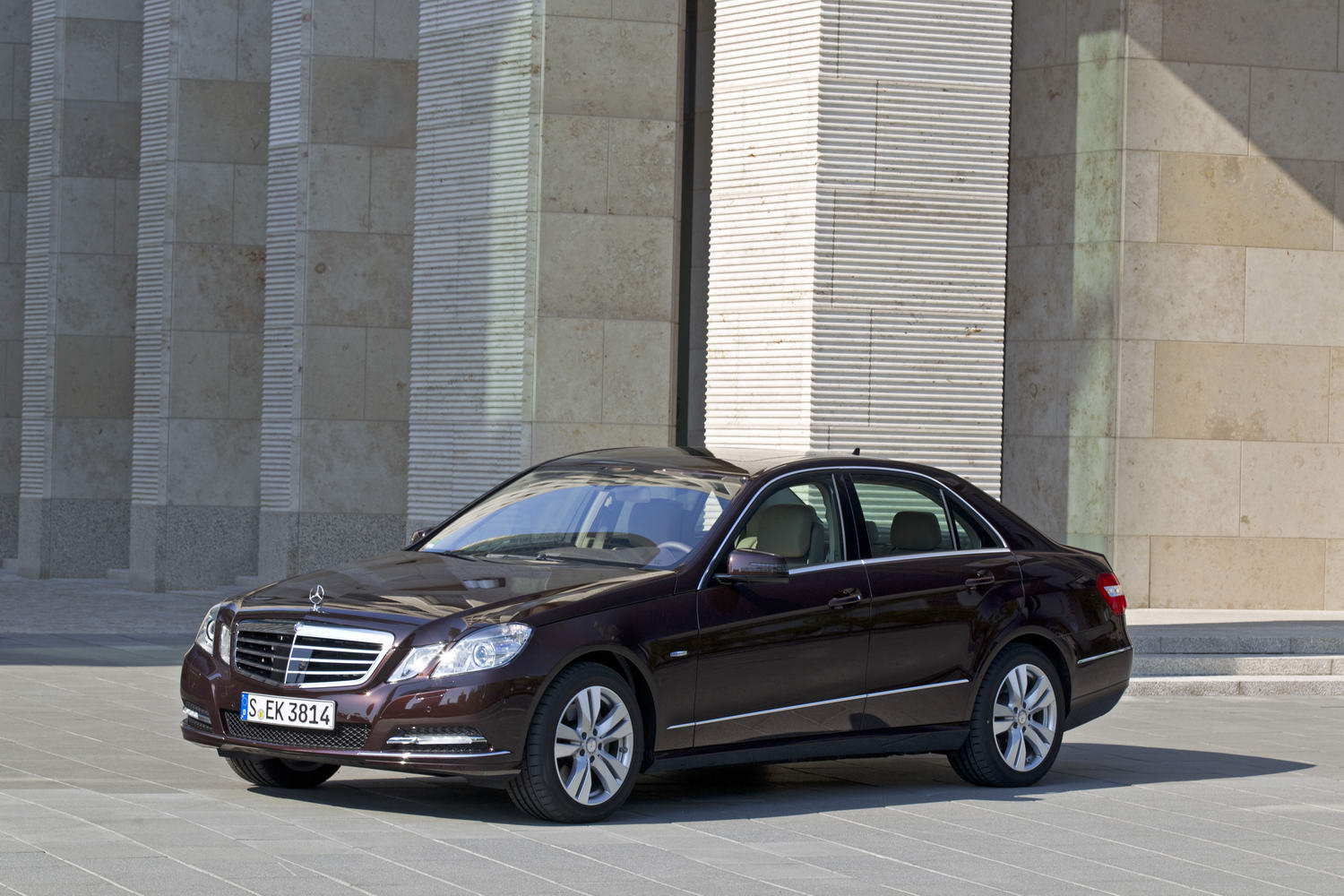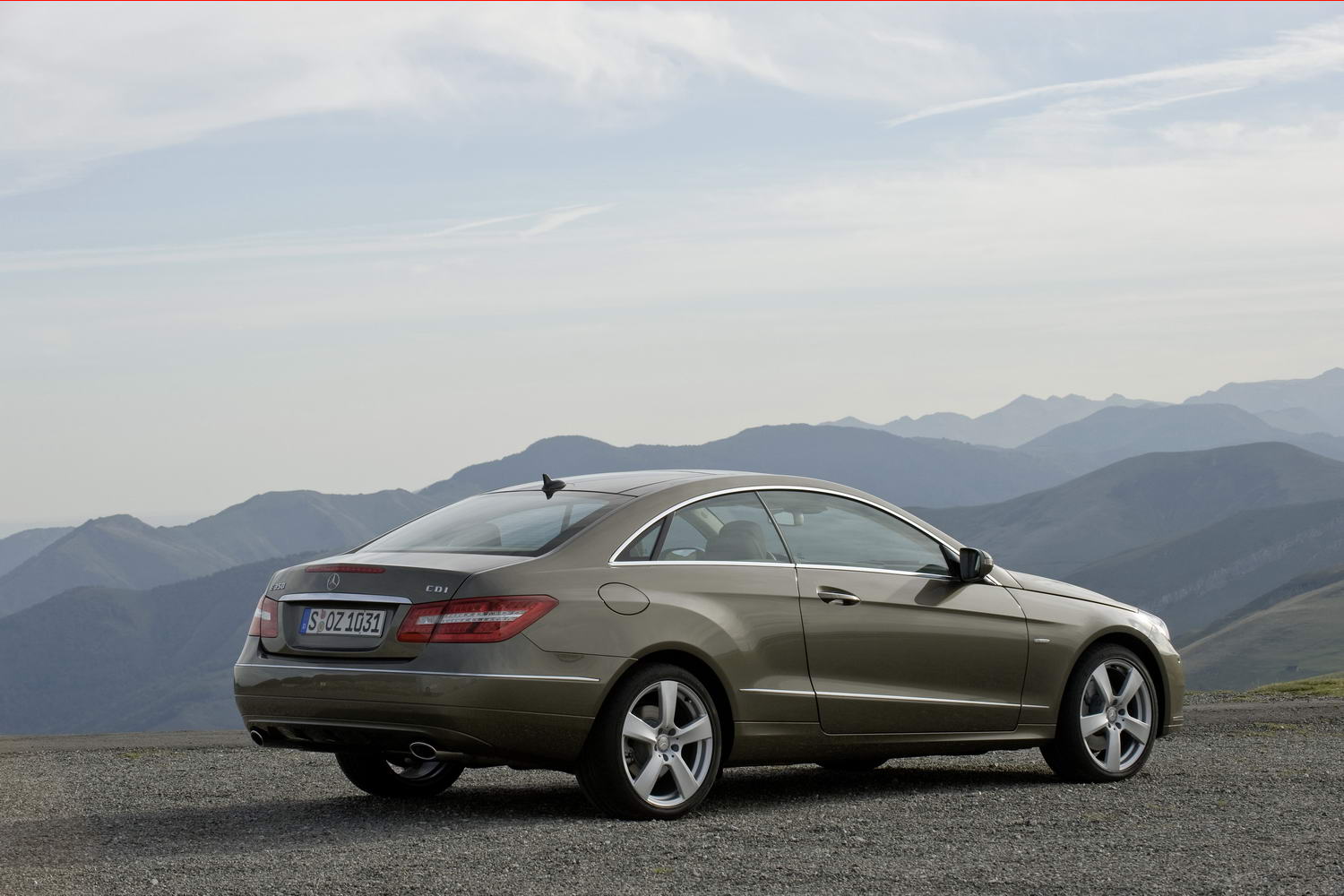Engine and range options for the Mercedes E-Class Mk4
Launched in 2009 as the saloon and estate, the Mk4 E-Class line-up had a mix of turbocharged and naturally aspirated petrol engines, and an array of turbodiesels. It is worth pointing out before we go further that this E-Class lived through a period of Mercedes' life when it made a lot of changes to badging, the names of certain technologies and model identifiers, so you will see the terms 'CDI', 'BlueTec', BlueEfficiency' and 'd' all used for diesel Mercs, as well as BlueEfficiency appearing on a handful of the petrol models, while early petrol E-Class cars could also be badged 'CGI'. The cars that were initially called CDI BlueTec became CDI BlueEfficiency and then, finally, just 'd', so we're going to retrospectively refer to all the diesels as E 200 d, E 220 d, E 250 d and so on.
Therefore, the E-Class began with the venerable 2.1-litre four-cylinder turbodiesel doing most of the work. It launched as the E 220 d (170hp/400Nm) and E 250 d (204hp/500Nm) originally, with a lower-powered E 200 d (136hp/360Nm) joining in 2010. A larger 3.0-litre V6 diesel was installed in the E 300 d and E 350 d models, again the difference in model names coming down to their power outputs. The E 300 d had the same power and torque as the E 250 d, weirdly, while the E 350 d managed 231hp and 540Nm. Mercedes soon realised that there needed to be more between the four-cylinder E 250 d and the V6 E 300 d, so it took the latter to the 350 d's old figures of 231hp/540Nm, while simultaneously raising the E 350 d to 265hp and 620Nm in 2010.
On the petrol side of things, there were E 200 and E 250 models that both used a 1.8-litre, four-cylinder turbocharged unit. This gave 184hp/270Nm for the E 200 and 204hp/310Nm for the E 250. A 3.5-litre normally aspirated V6 powering the E 350 provided real muscle, delivering 292hp and 365Nm from the off, while there was a mighty 5.5-litre V8 with 387hp and 530Nm in the E 500; admittedly, we didn't get that car in Ireland, but there may be the odd UK import floating around.
In 2011, the first of some significant engine changes took place, with the V6 diesels growing in power (as stated above), while the 3.5-litre V6 was used on two disparate models in order to plug a gap between the E 250 and E 350. In essence, a lower-powered derivative of the V6 arrived with 252hp and 340Nm, and was badged as the E 300, while the E 350 continued but now with 306hp and 370Nm, moderate increases of 14hp and 5Nm over its predecessor. Meanwhile, the E 500 dropped to a 4.7-litre biturbo V8, although power and torque both went up to 408hp and 600Nm.
Prior to the major facelift in 2013, the hybrids appeared in 2012. There was a petrol model, called the E 400 Hybrid, which used a 3.5-litre V6 and electric power for outputs of 331hp and 620Nm, but it never came to Ireland. The diesel hybrid, however, did, and was called the E 300 BlueTec Hybrid. It used the 2.1-litre four-cylinder engine with electric augmentation to deliver 231hp and 750Nm; the selling point here being lower CO2 figures and more torque than any other E-Class without an AMG badge.
The 2013 facelift of the Mk4 E-Class is quite easy to spot, as the pre-facelift models of the car had a quad-headlight arrangement with a fillet of body-coloured metal running between the front lamp clusters. However, facelifted Mk4s had one-piece headlight units and smoother looks all round. It was at this point that much of the merging of CDI/BlueTec/BlueEfficiency/d badging took place, while there were more engine changes. Both the E 200 and E 250 petrol models ditched the wheezy old 1.8-litre unit for a new 2.0-litre turbocharged four-cylinder engine, which improved refinement. The E 200 gained no more power, but torque rose 30Nm to a peak of 300Nm, while the E 250 went up to 211hp (+7hp) and 350Nm (+40Nm). Meanwhile, a 3.0-litre V6 twin-turbo arrived in the E 400, which got 333hp and 480Nm, eclipsing its E 300 and E 350 normally aspirated siblings, which continued in production.
That just leaves the AMG version. This was only available in the four-door and Estate bodies, as the Coupe and Cabriolet both topped out as E 500s. It was initially AMG's magnificent 6.2-litre normally aspirated V8 engine, delivering 525hp and 630Nm to the rear wheels alone until 2011, when it switched to a 5.5-litre twin-turbo V8. Power, of course, went up to 557hp and 720Nm, unless you went for the E 63 S, which had colossal outputs of 585hp and 800Nm. It is no surprise that, for the next-generation AMG E-Class, the decision to switch from rear- to all-wheel drive was taken as a result.
The Mk4 E-Class had rear-wheel drive on most models, although 4Matic all-wheel drive was offered throughout the range (including on the Coupe and Cabriolet models, where it's much rarer than it is on the saloon and Estate). A six-speed manual gearbox was offered on the E 200 and the four-cylinder diesels, but take-up was exceptionally low, so most Mercedes E-Class models of this generation are automatics with the 7G-Tronic seven-speed unit. A few had the 5G-Tronic five-speeder, but these were early cars, while the Coupe and Cabriolet received the 9G-Tronic that still sees service today on the four-cylinder turbodiesels from the facelift onwards. The AMG had its own seven-speed AMG Speedshift transmission. Trim levels ran basic Classic, then luxury-oriented Elegance, with Avantgarde being a sportier and plusher version. AMG Line cars appeared later in the Mk4's life, which took the sporty looks to another level, but all Mk4 E-Class cars come with a decent level of standard specification, as befitting its executive status.
How much is it to tax the Mercedes E-Class Mk4?
Refer to our Motor Road Tax Prices in Ireland Explained feature for the up-to-date cost to tax the Mercedes E-Class.

